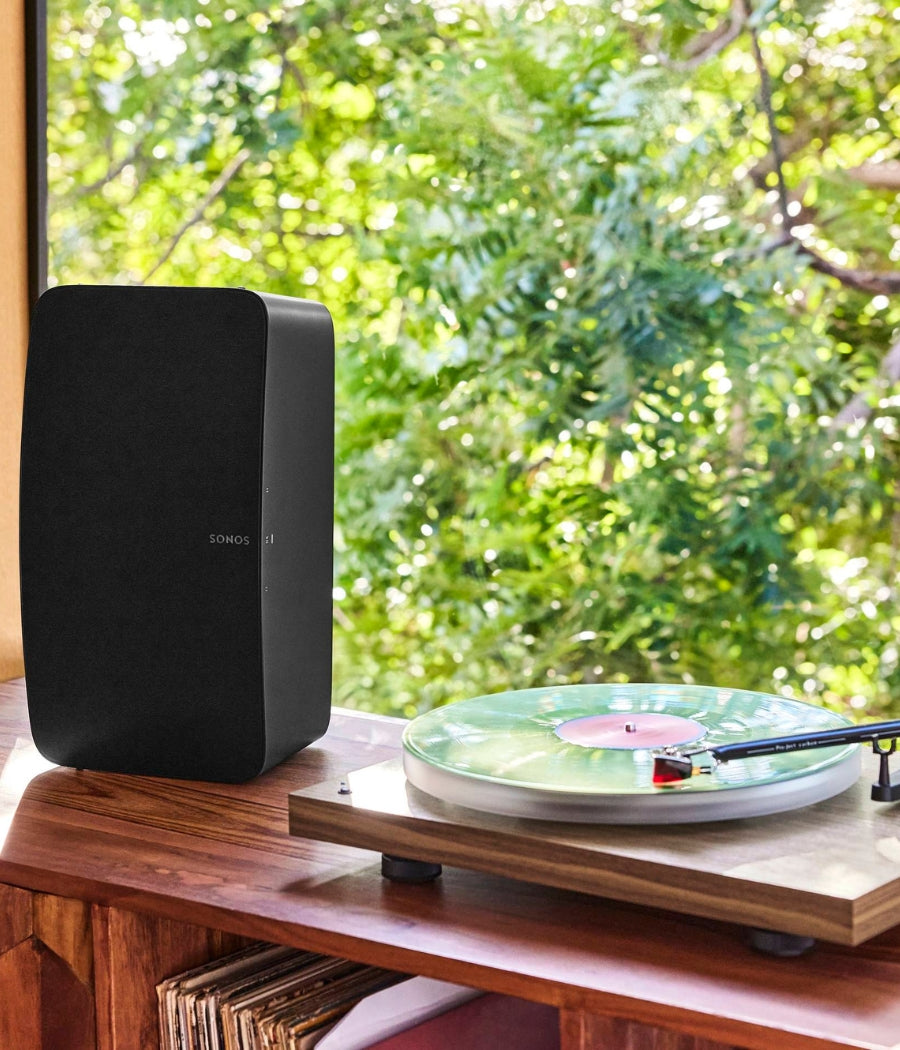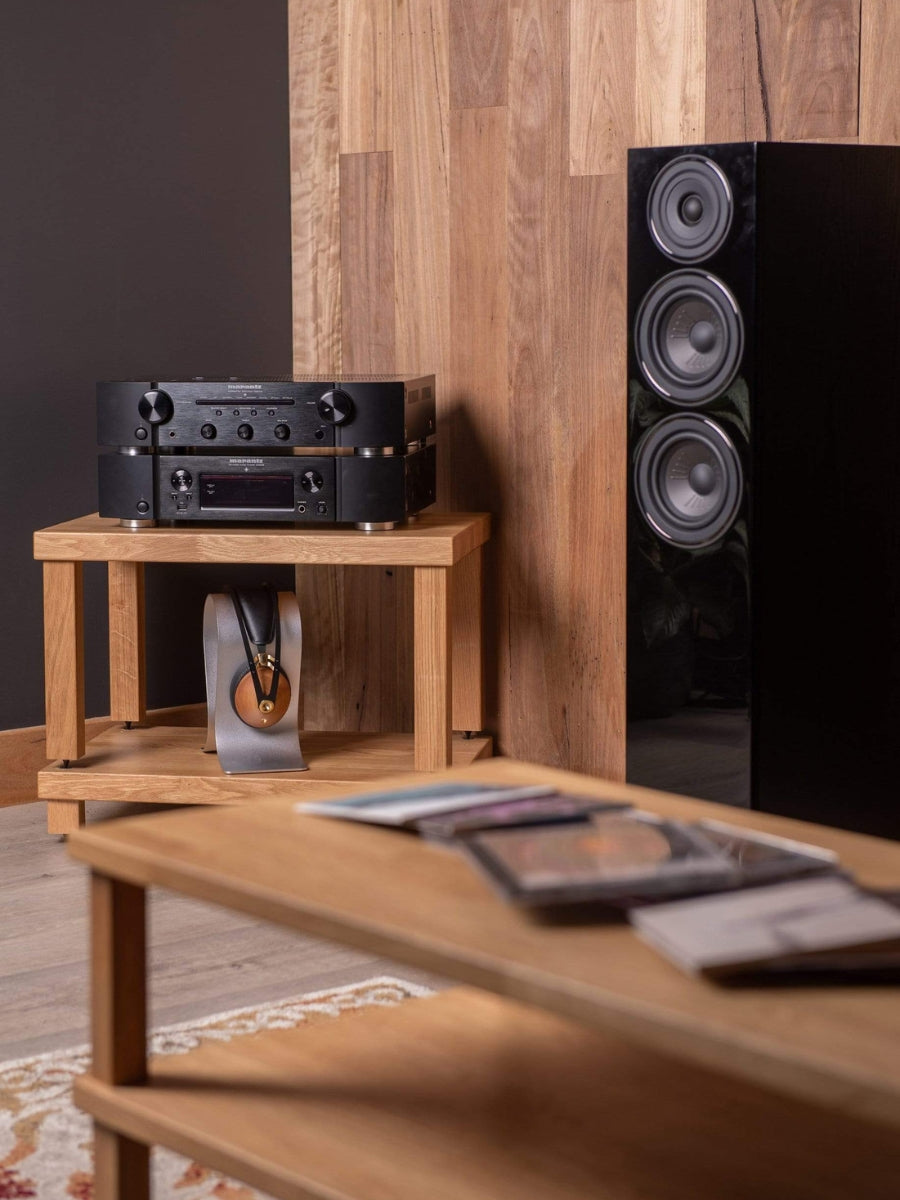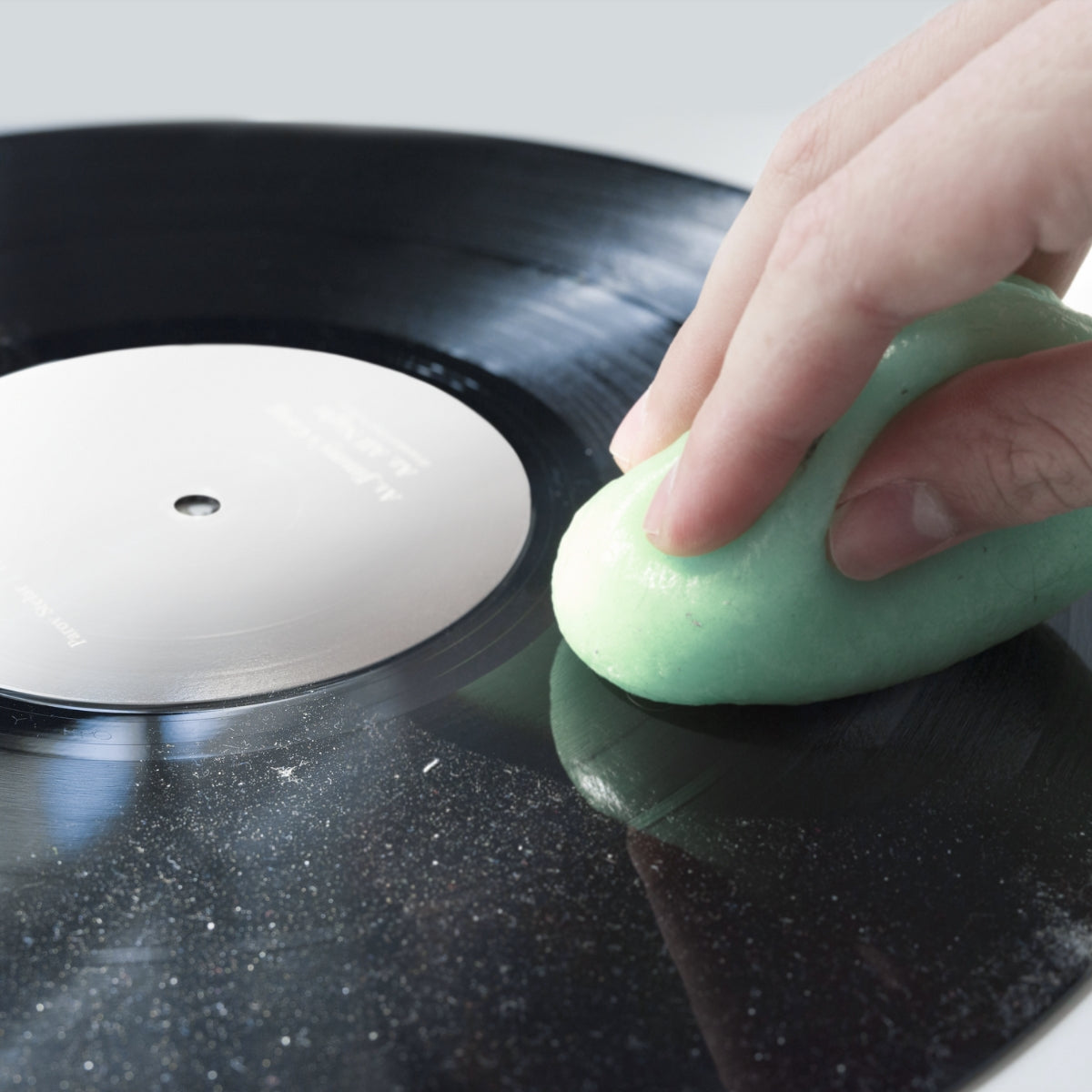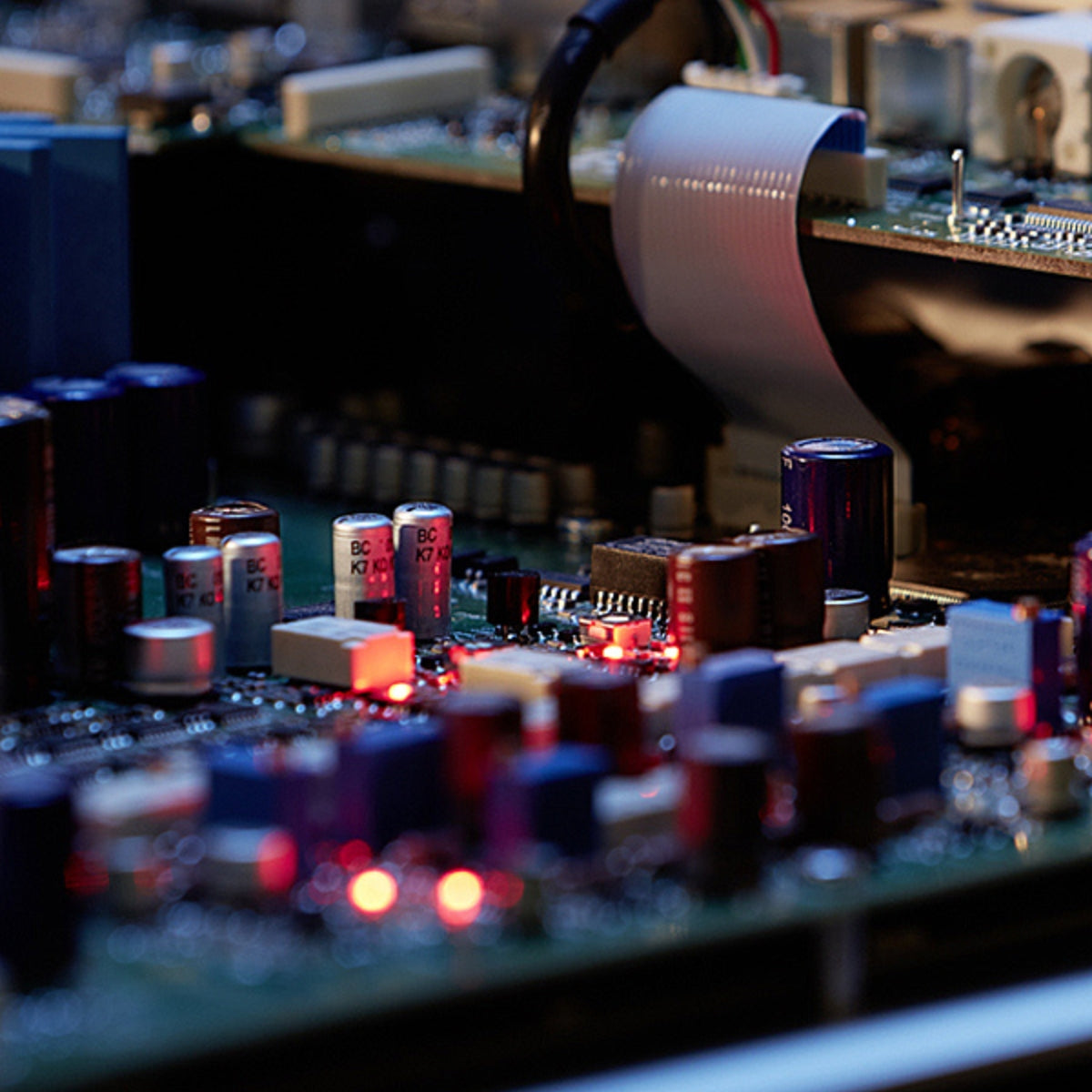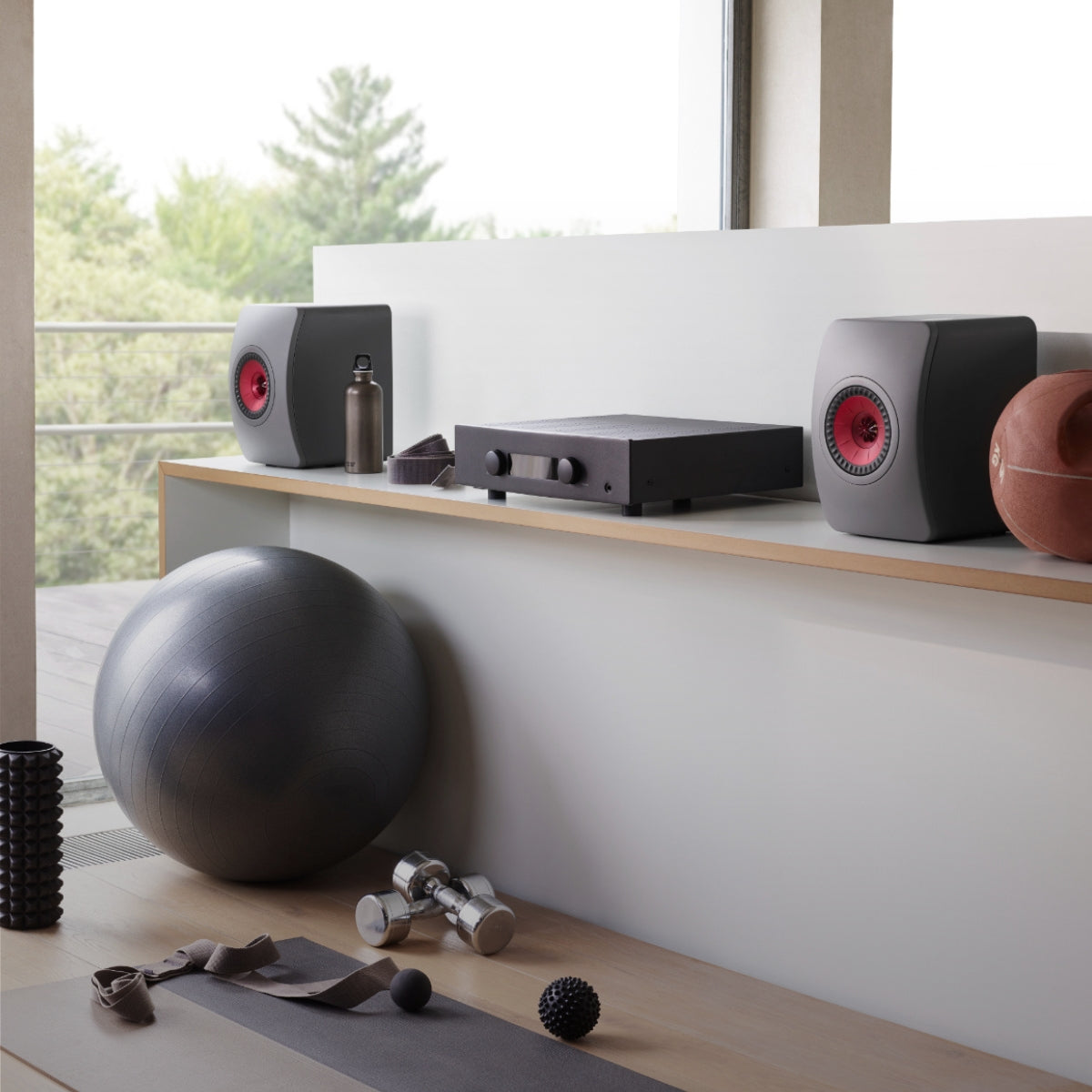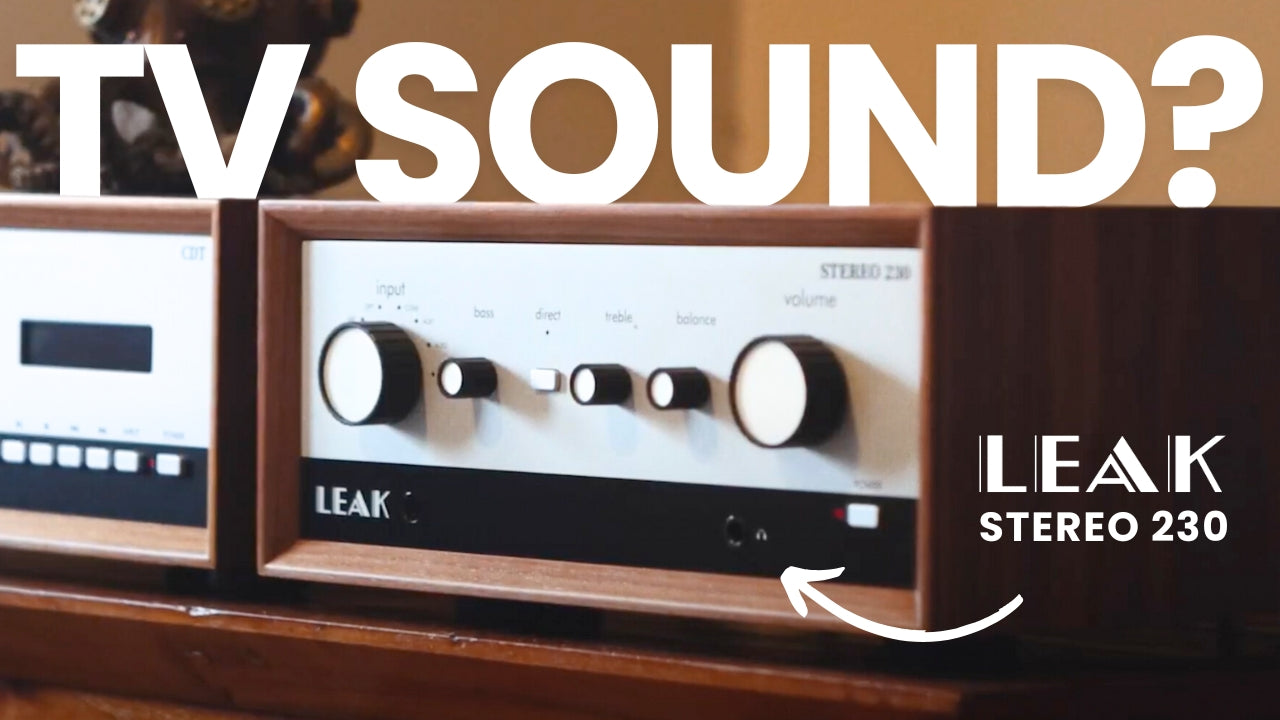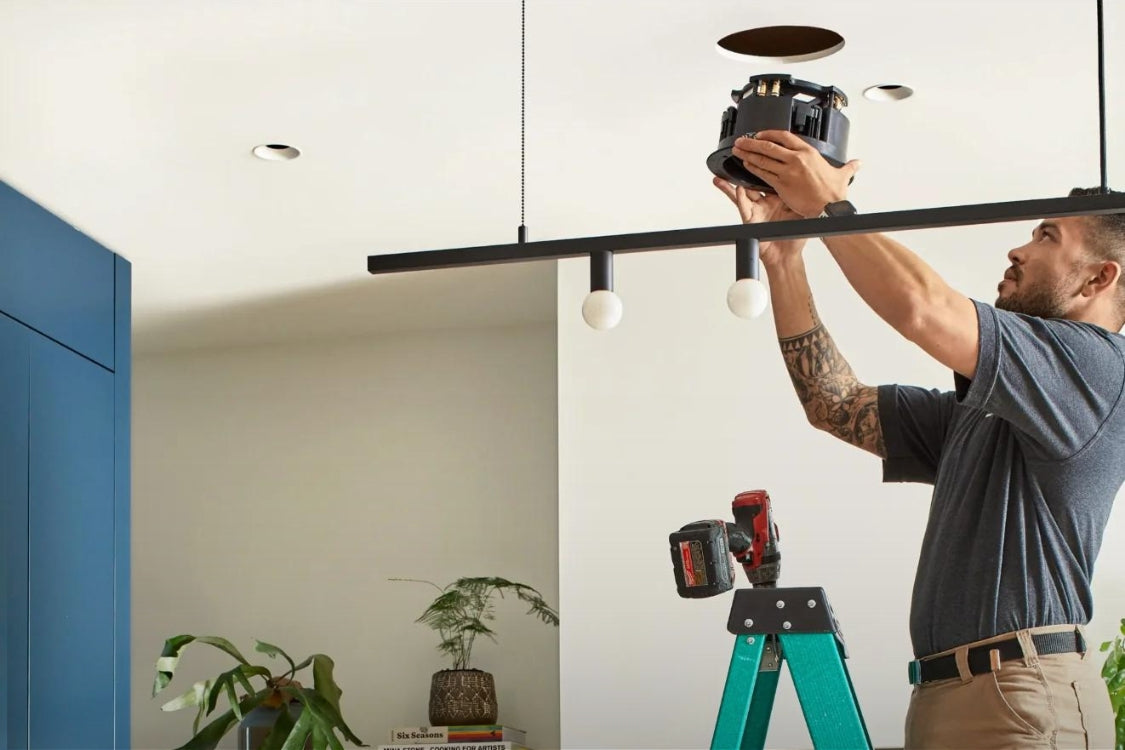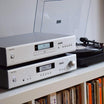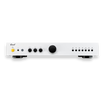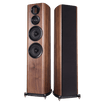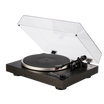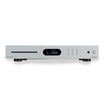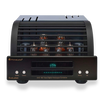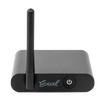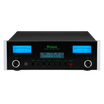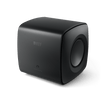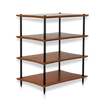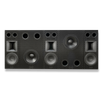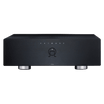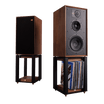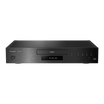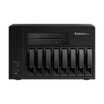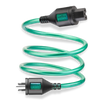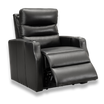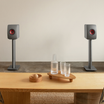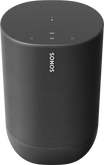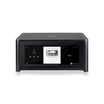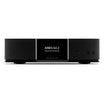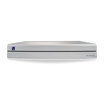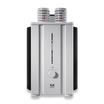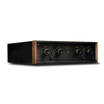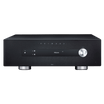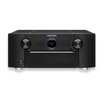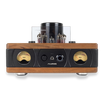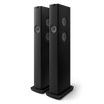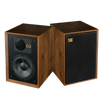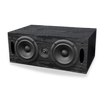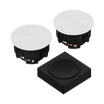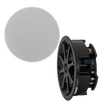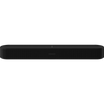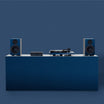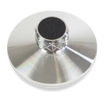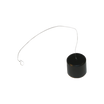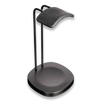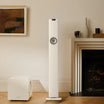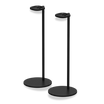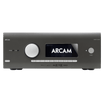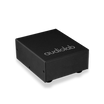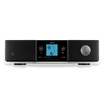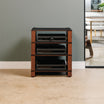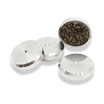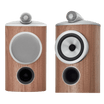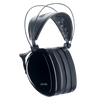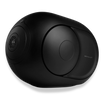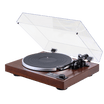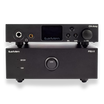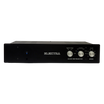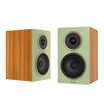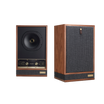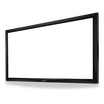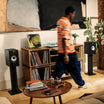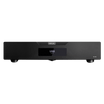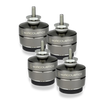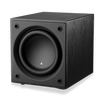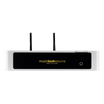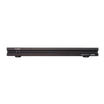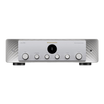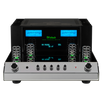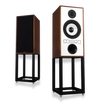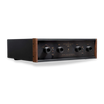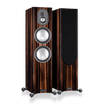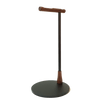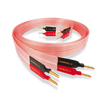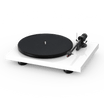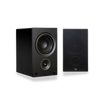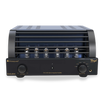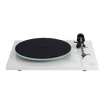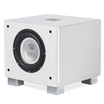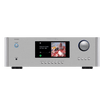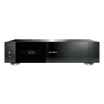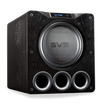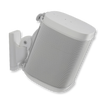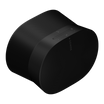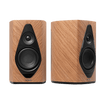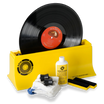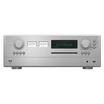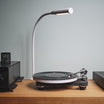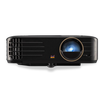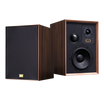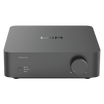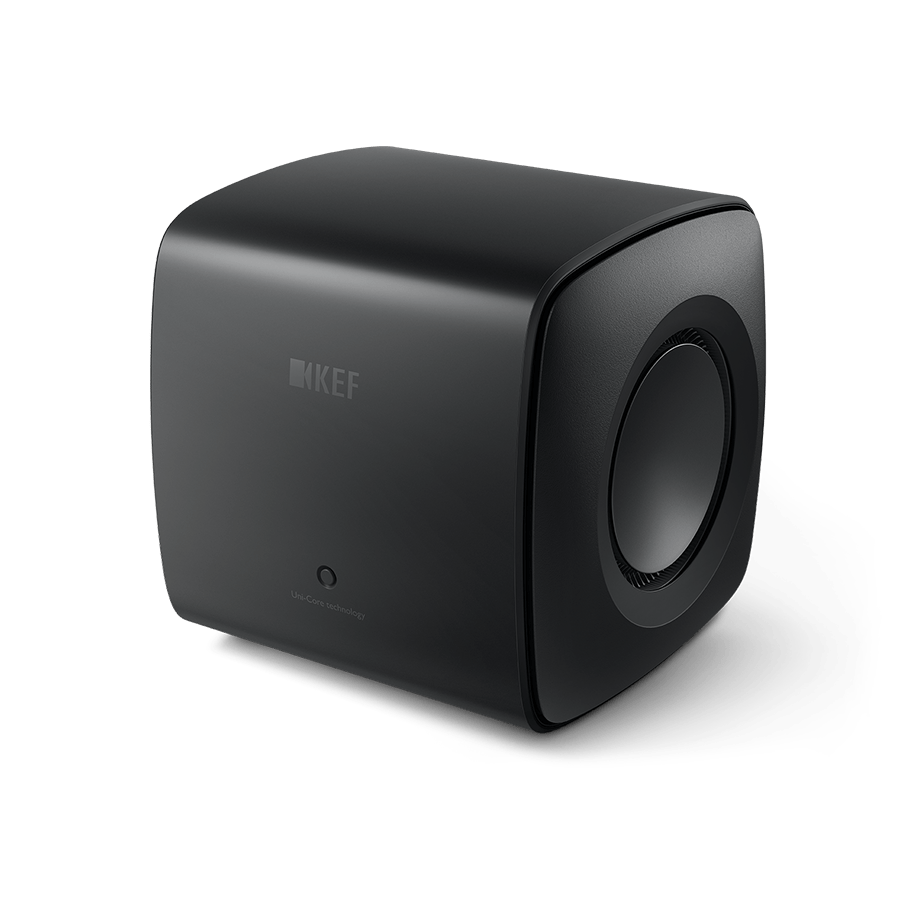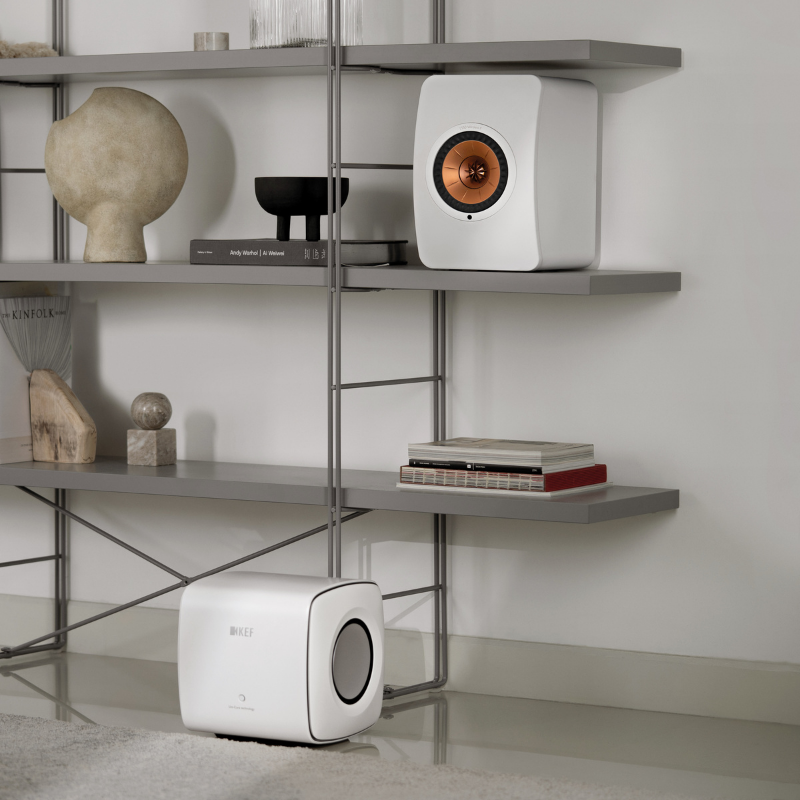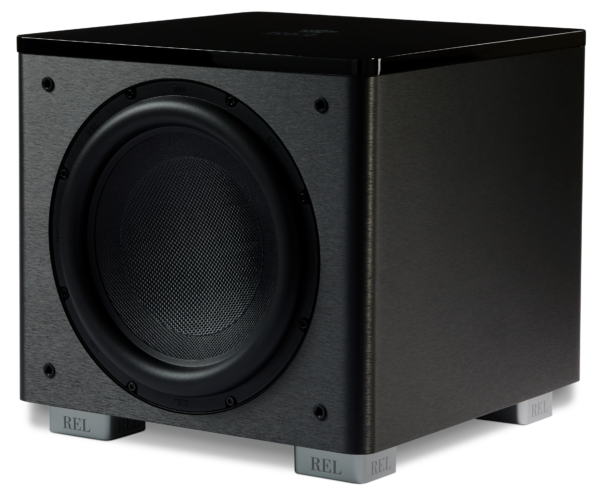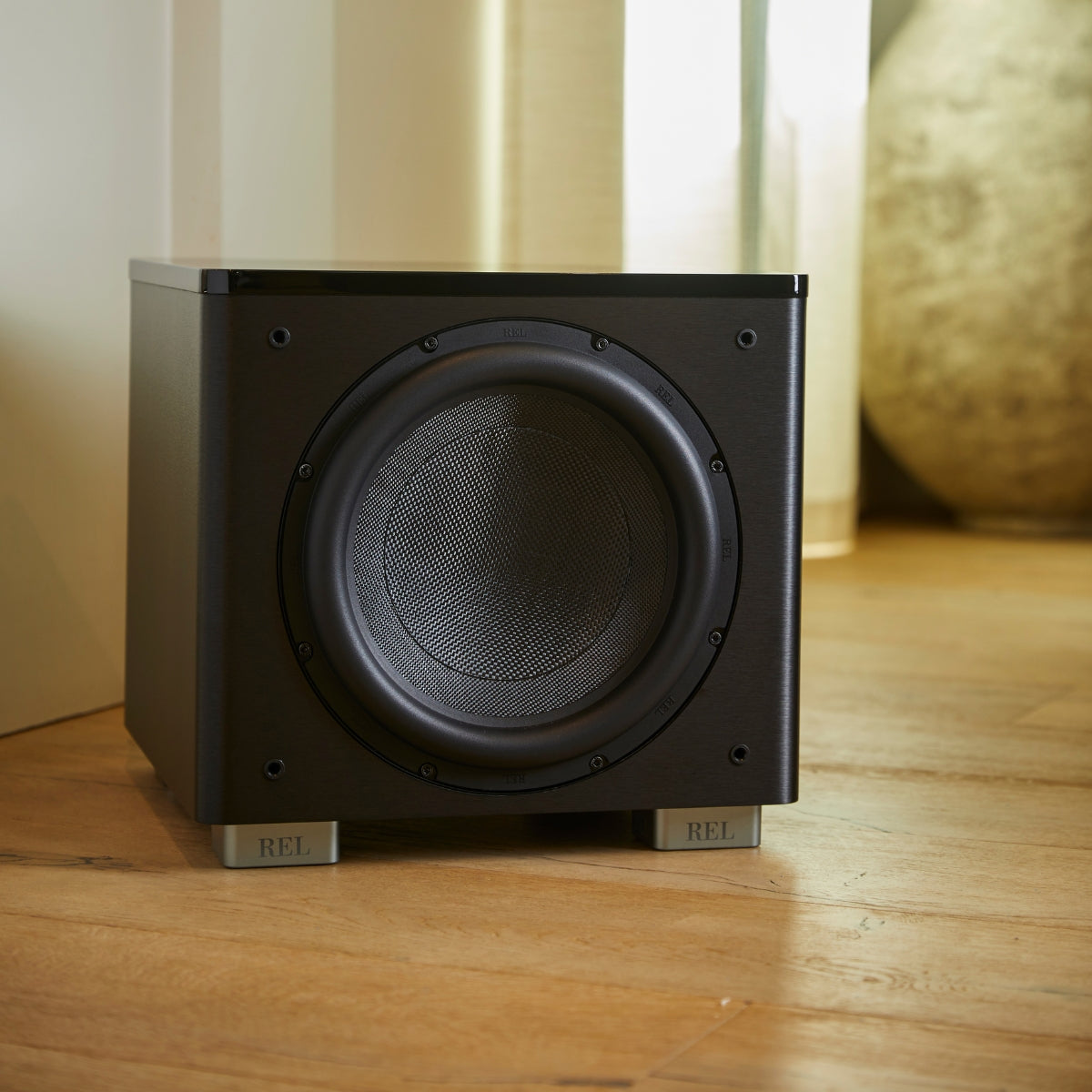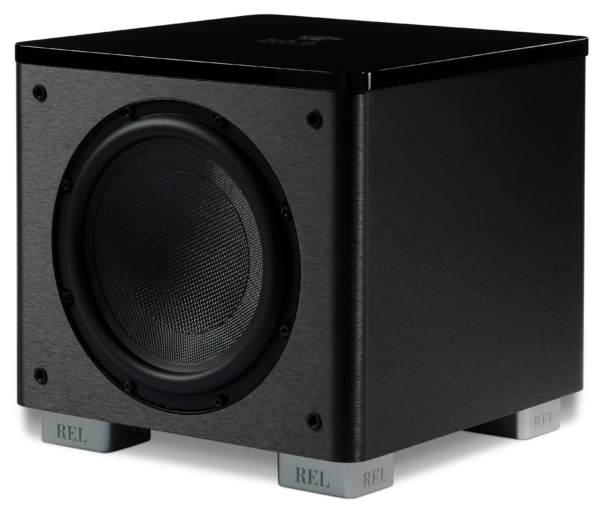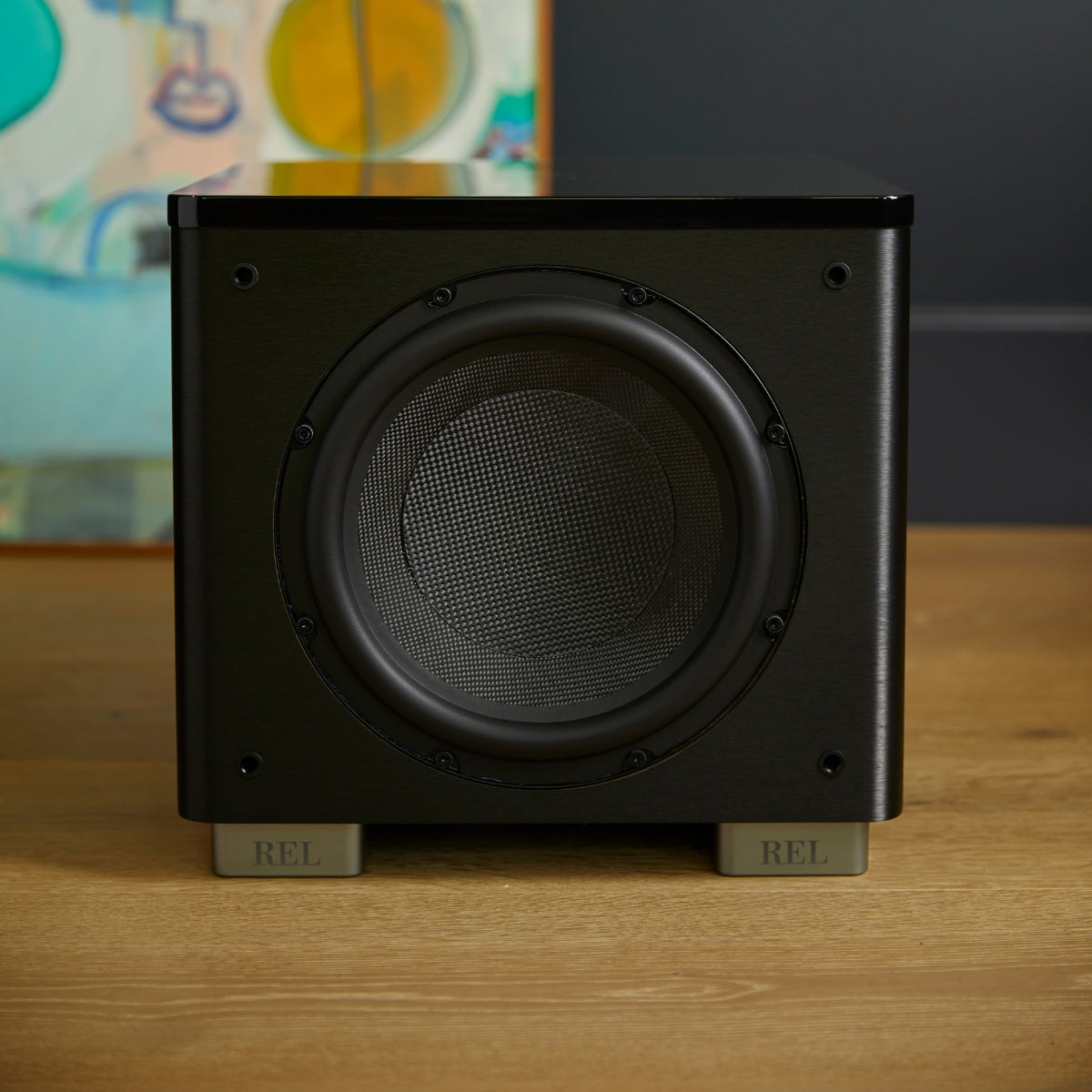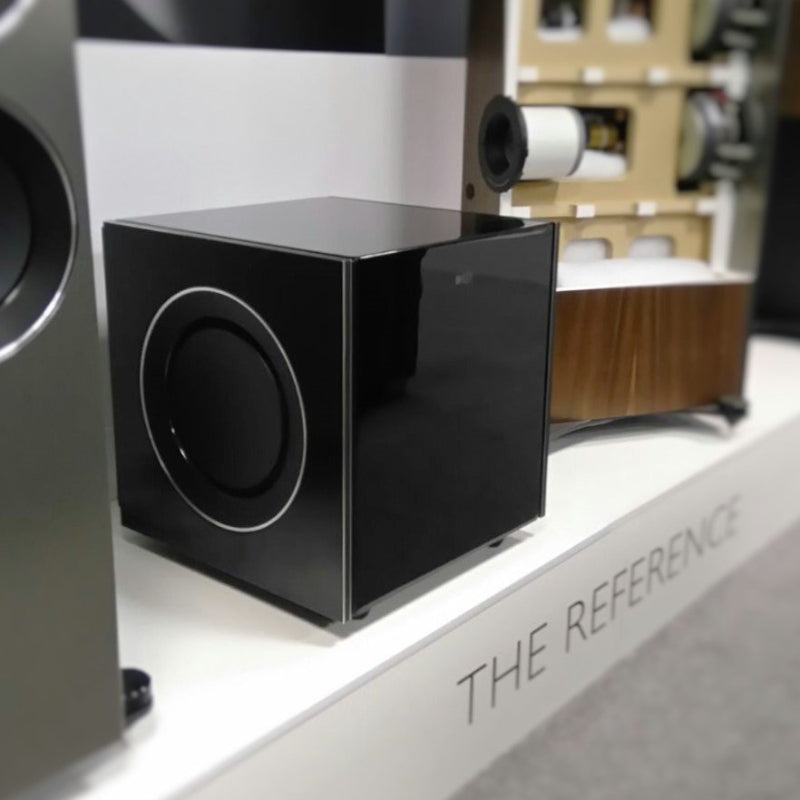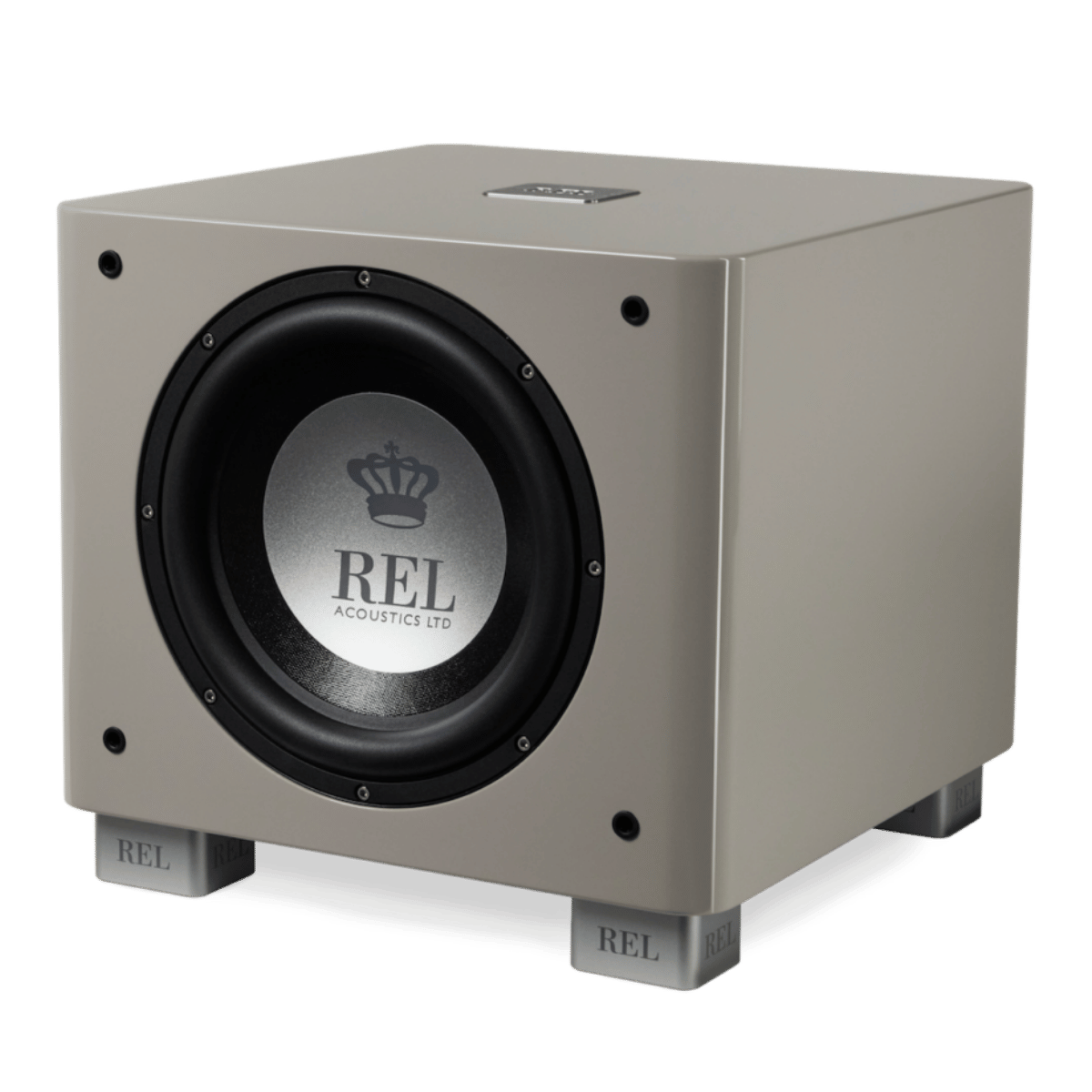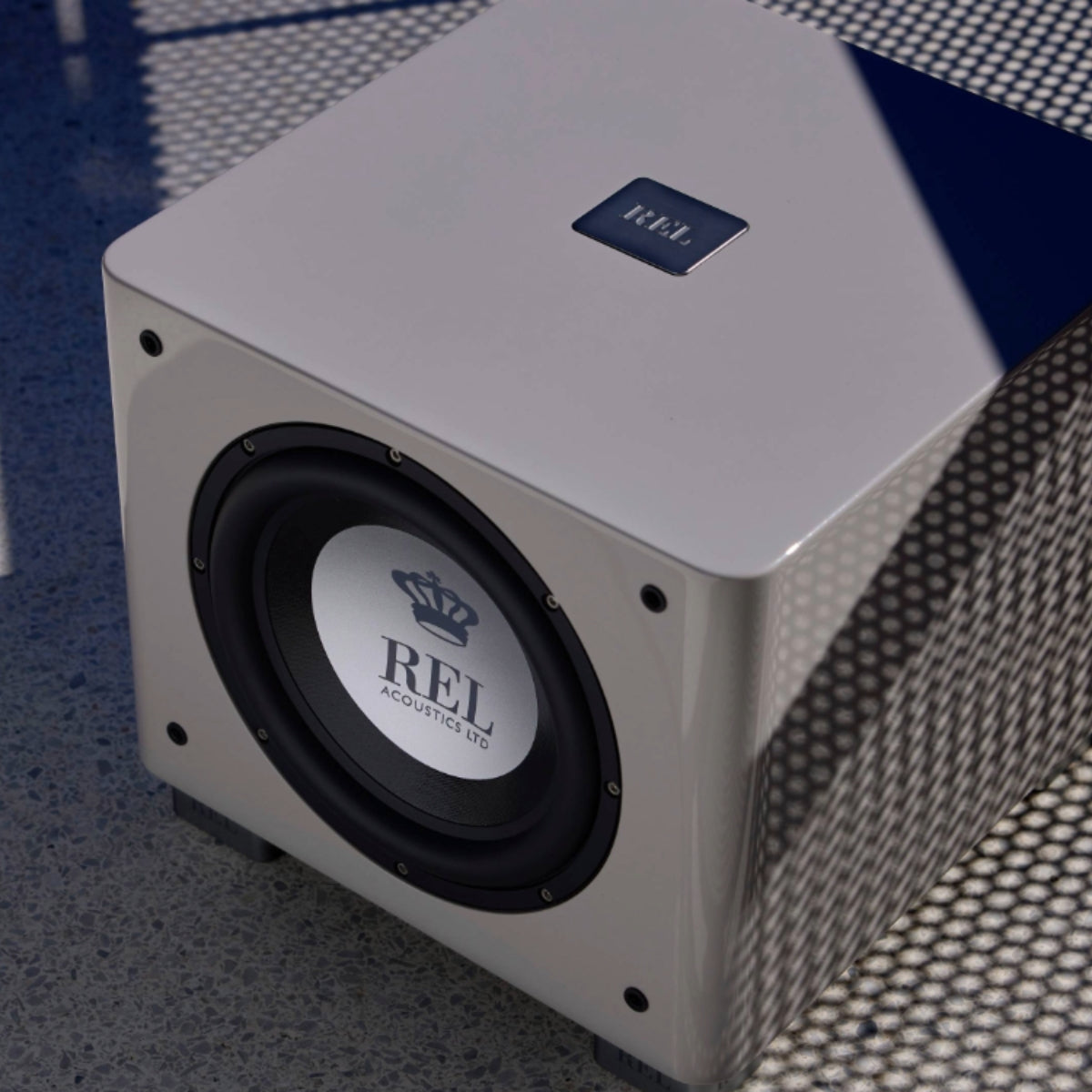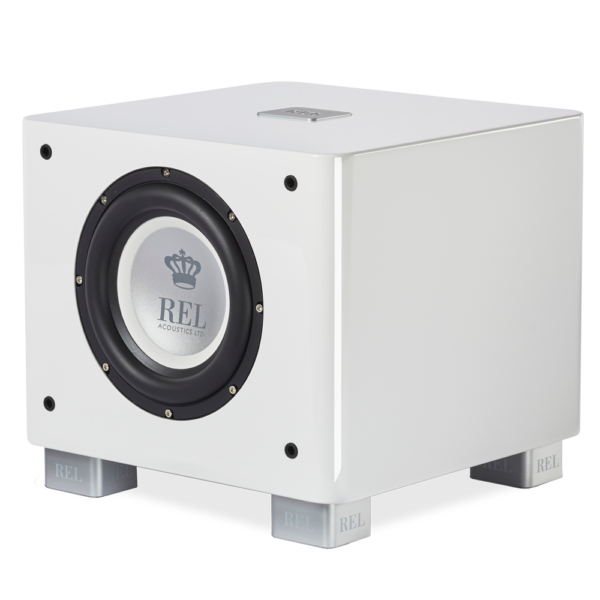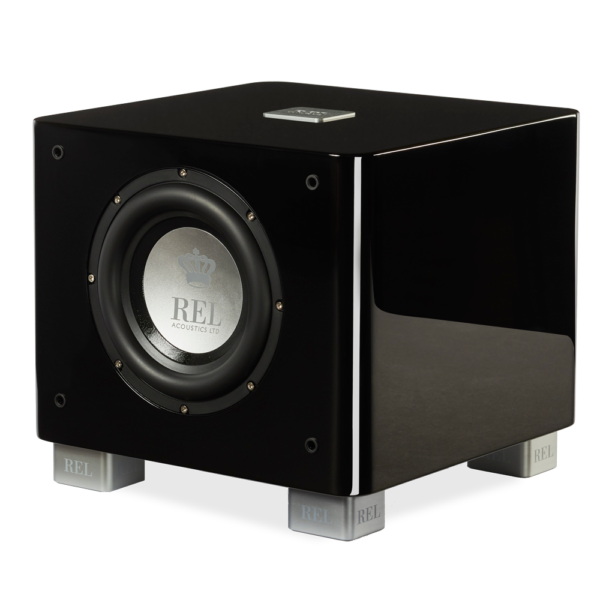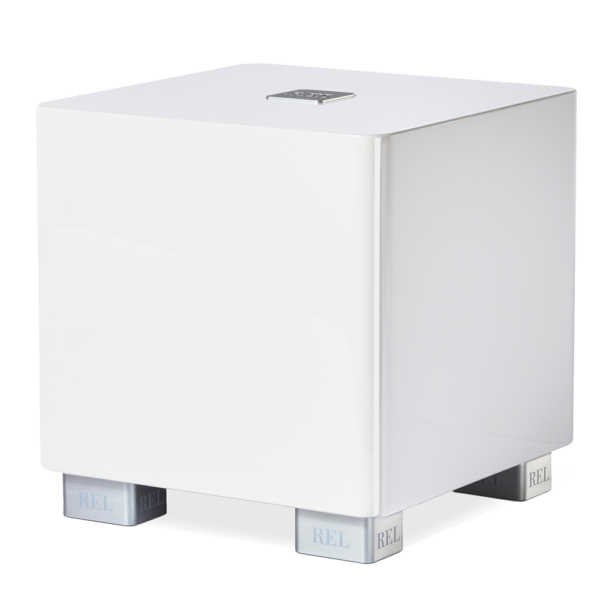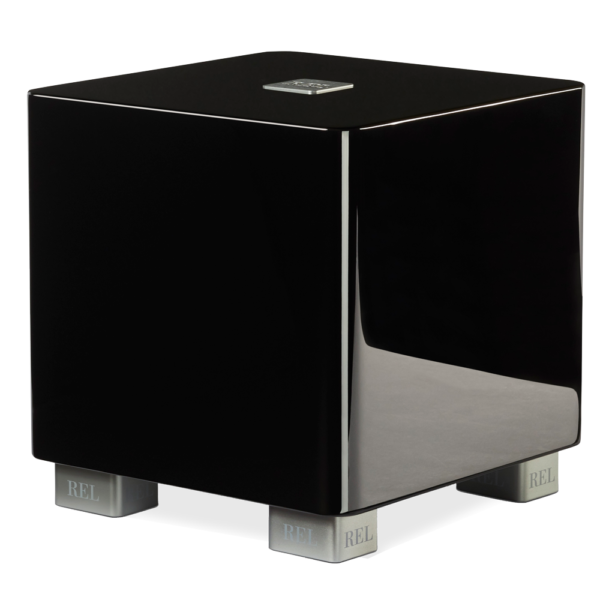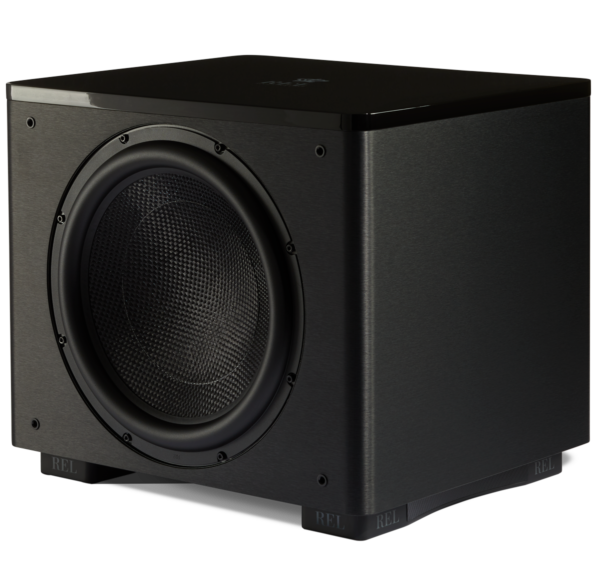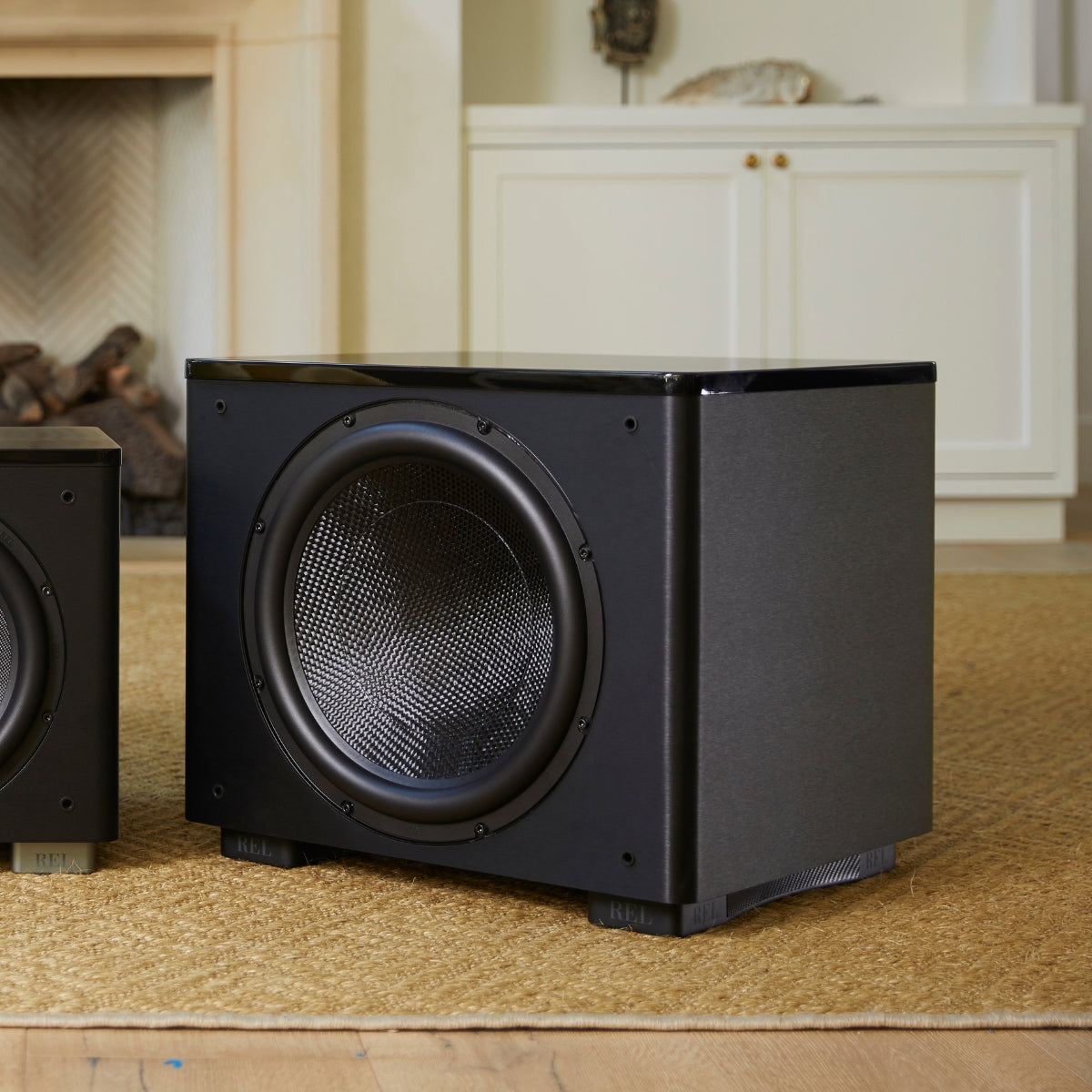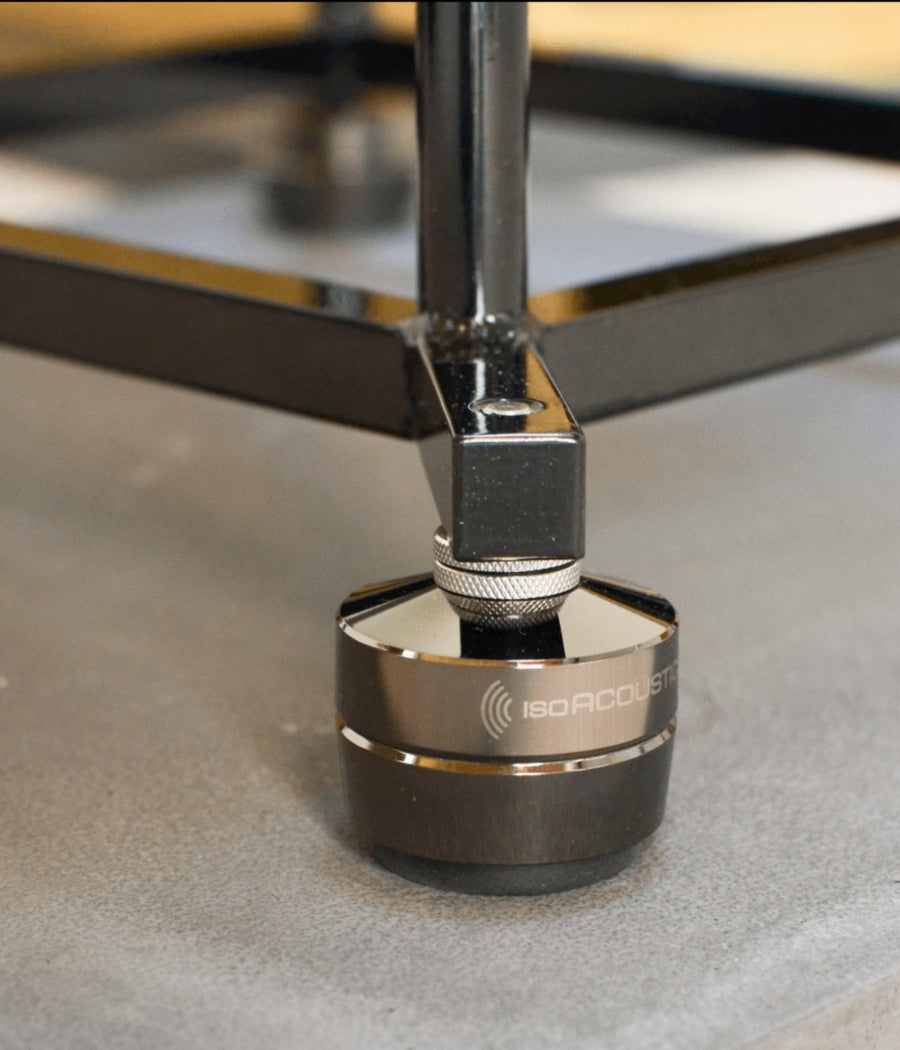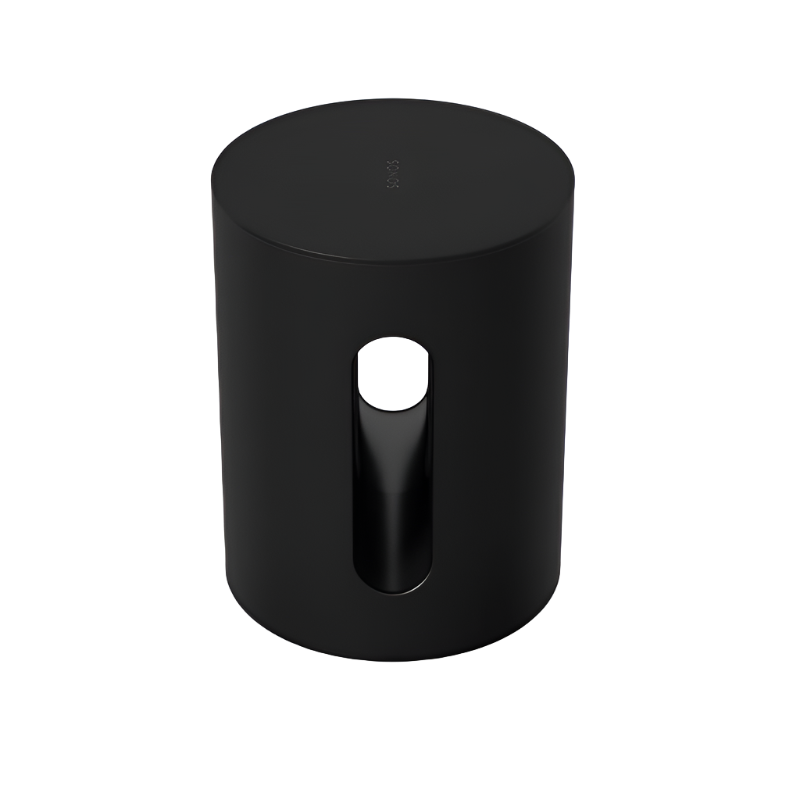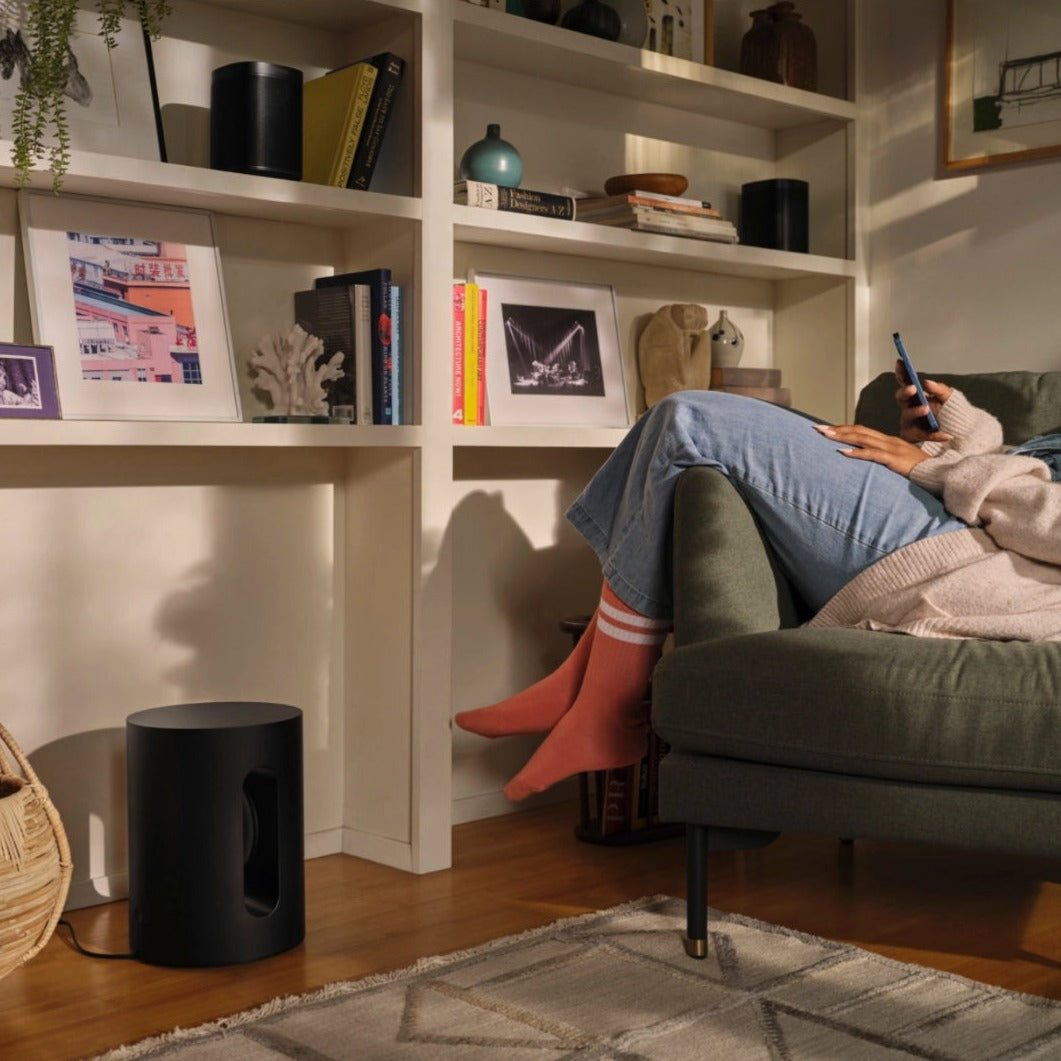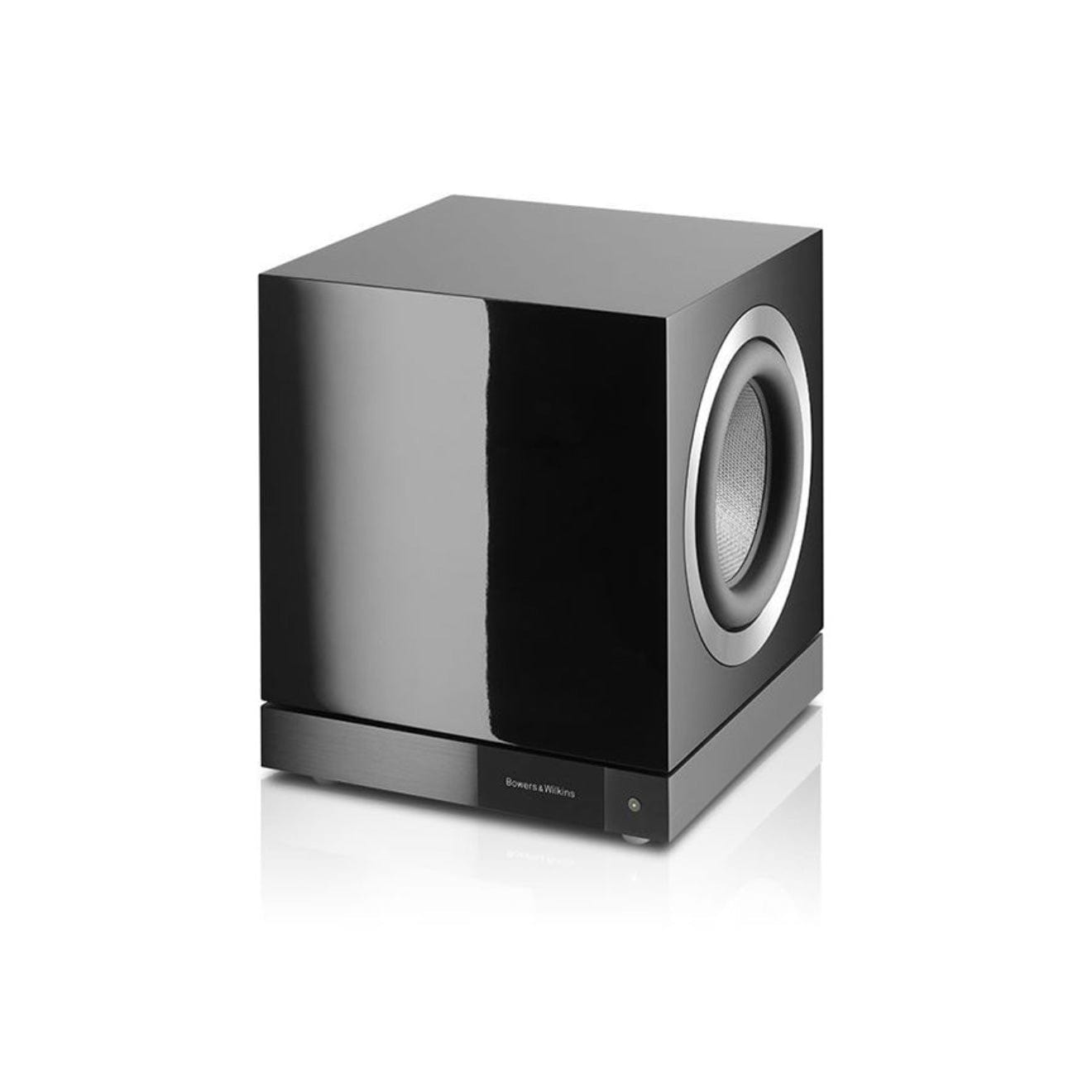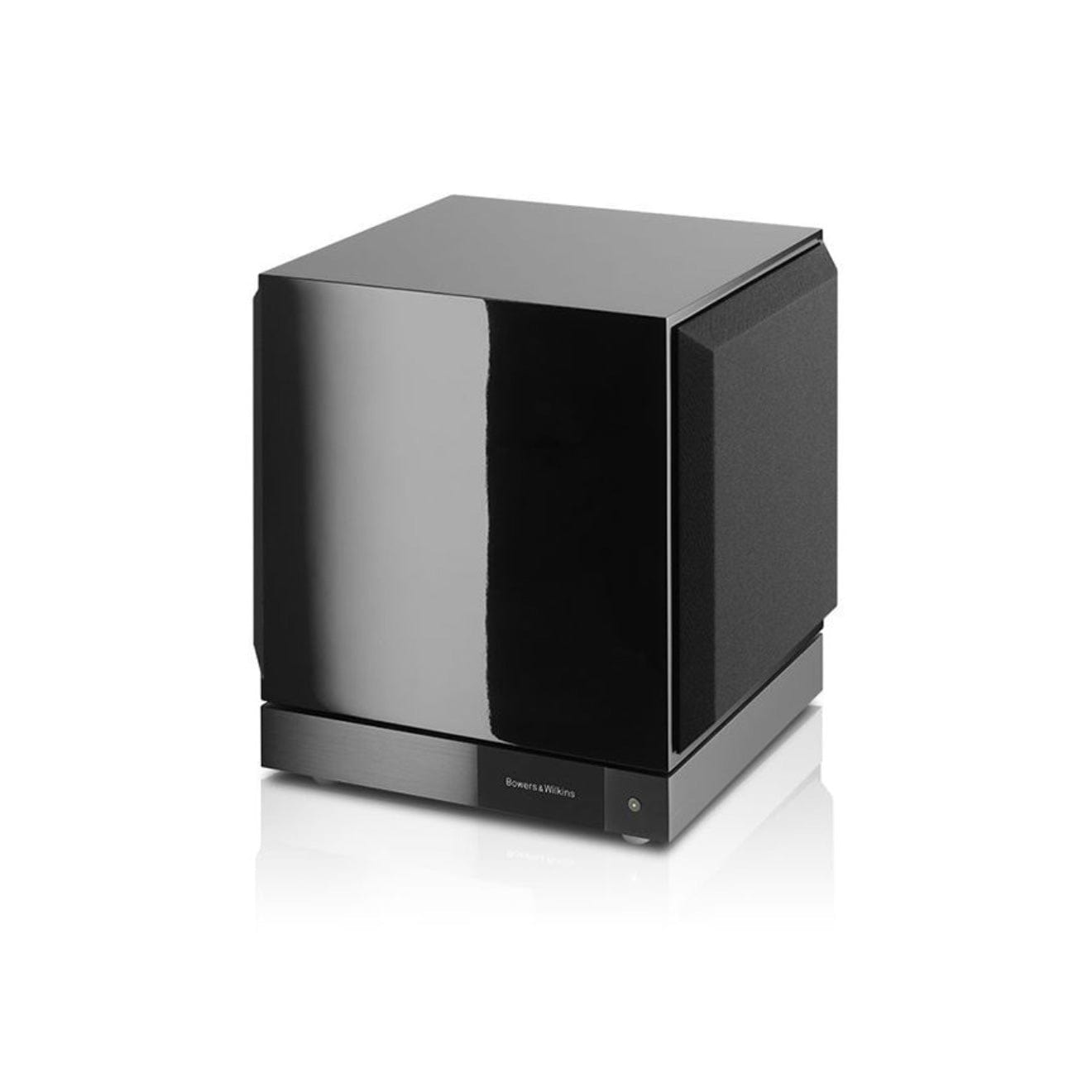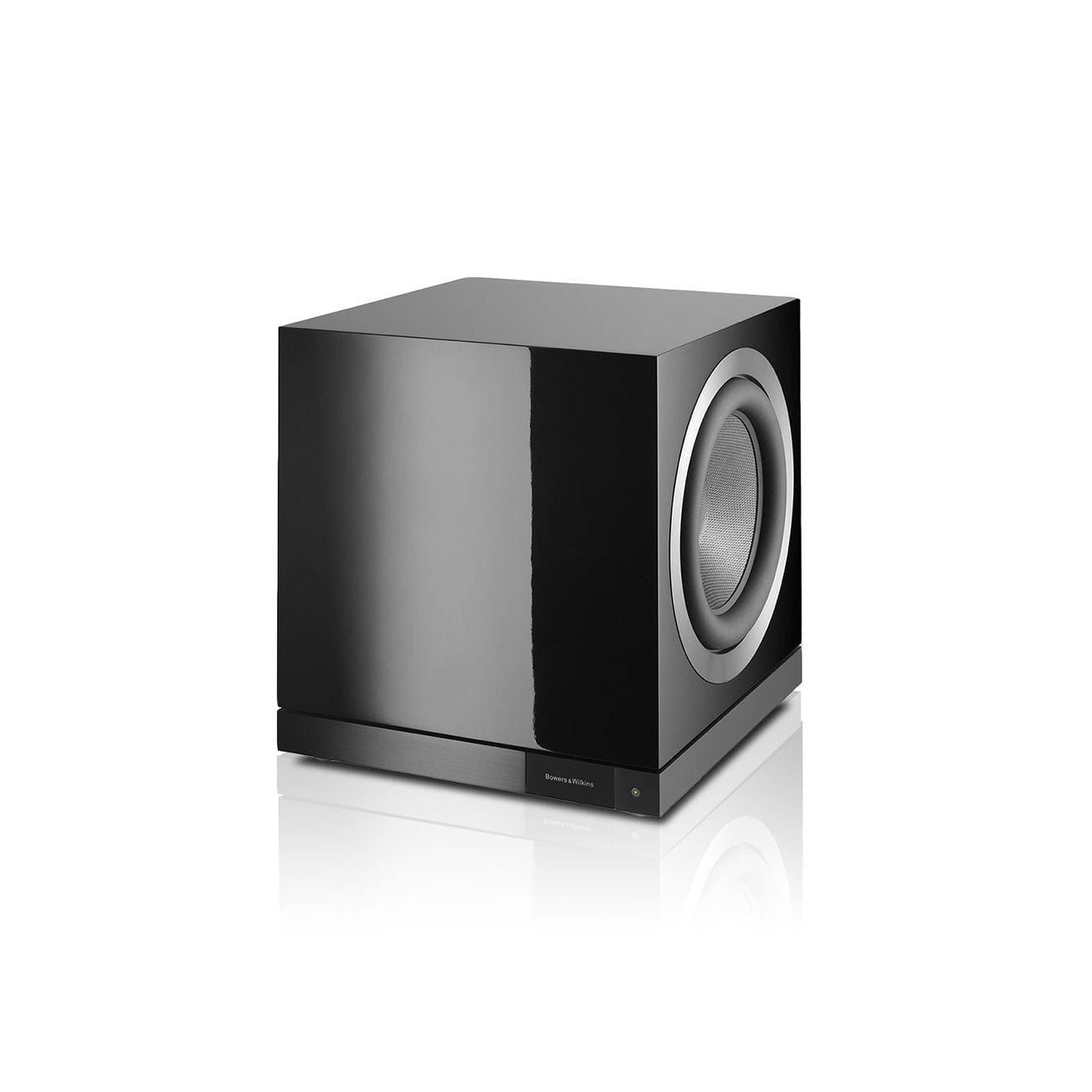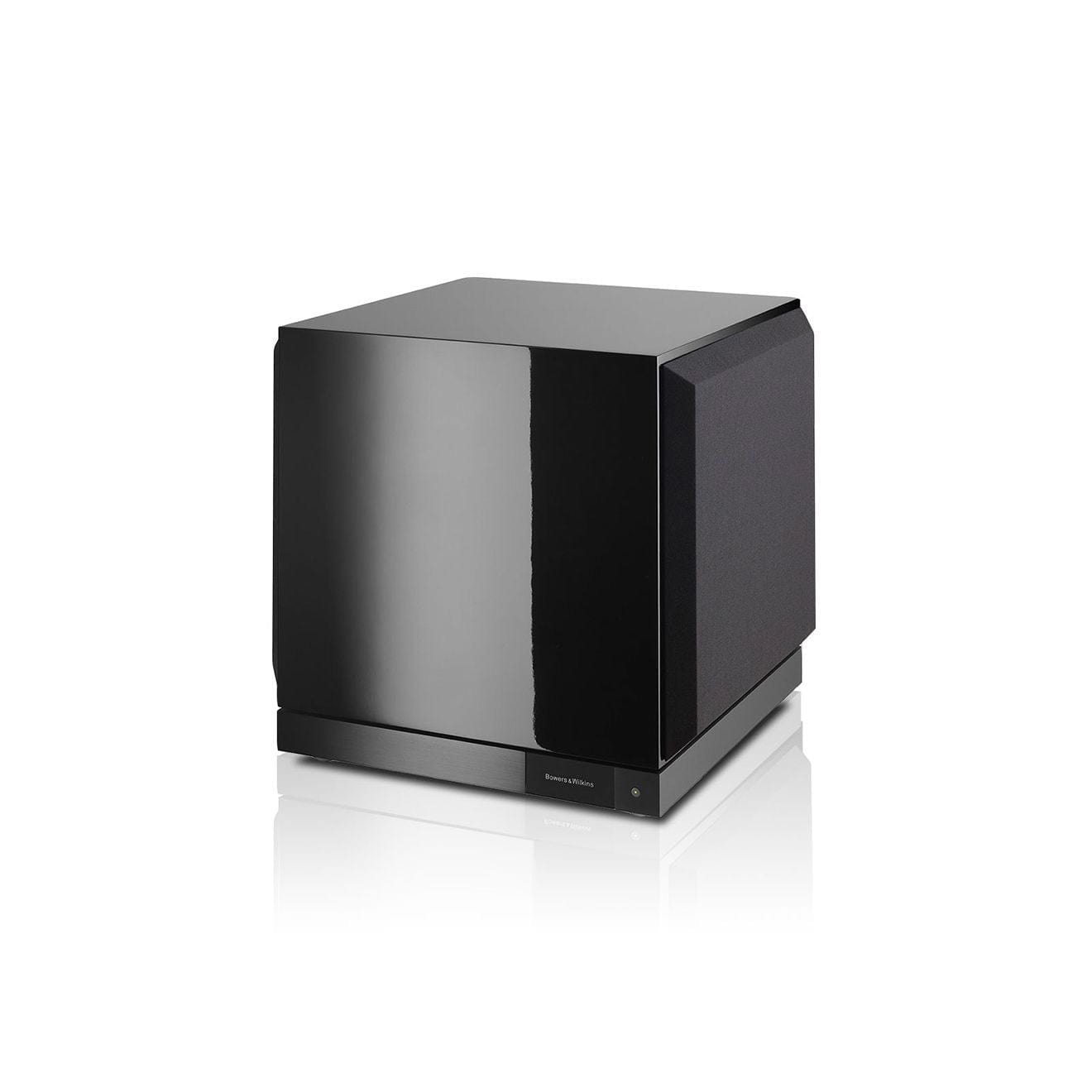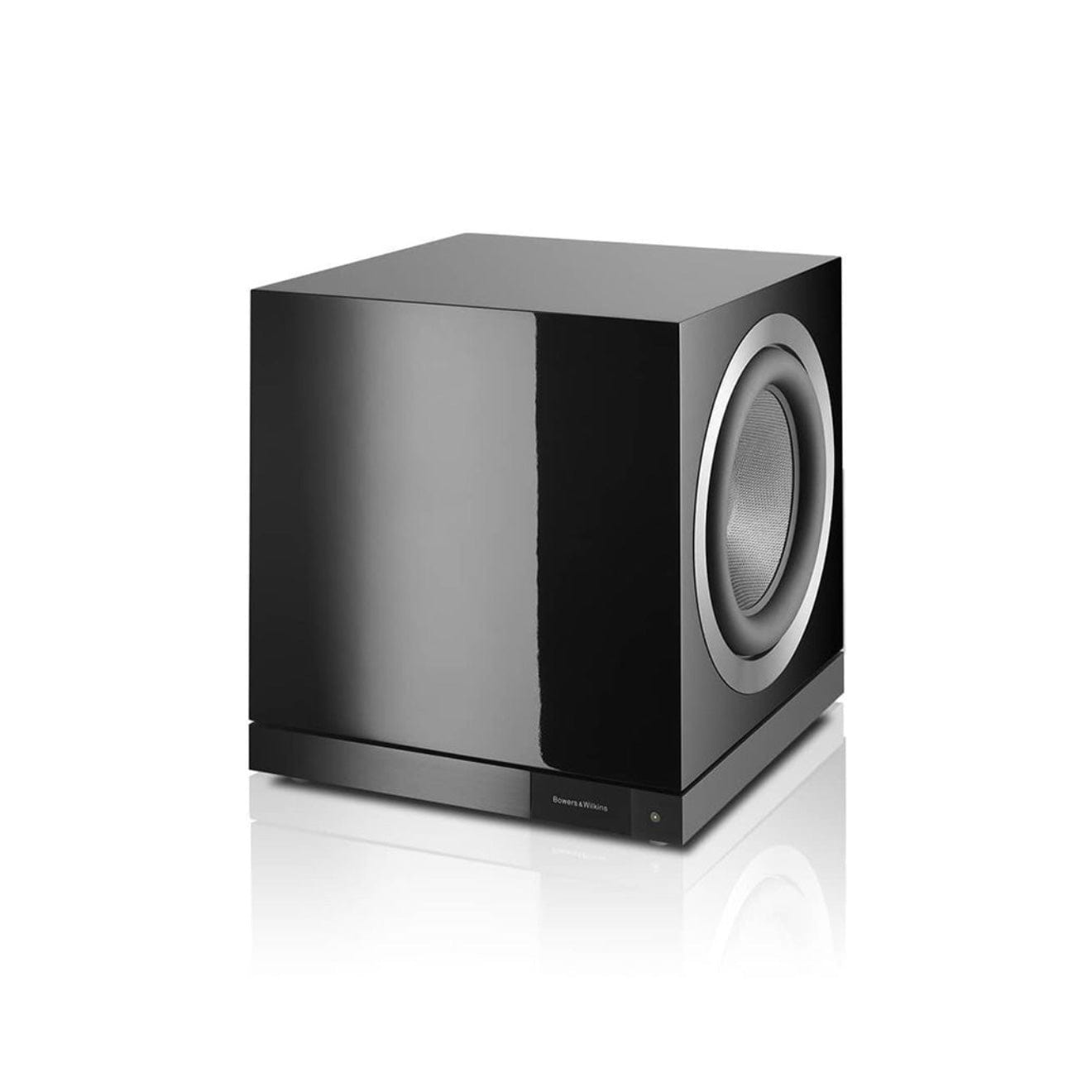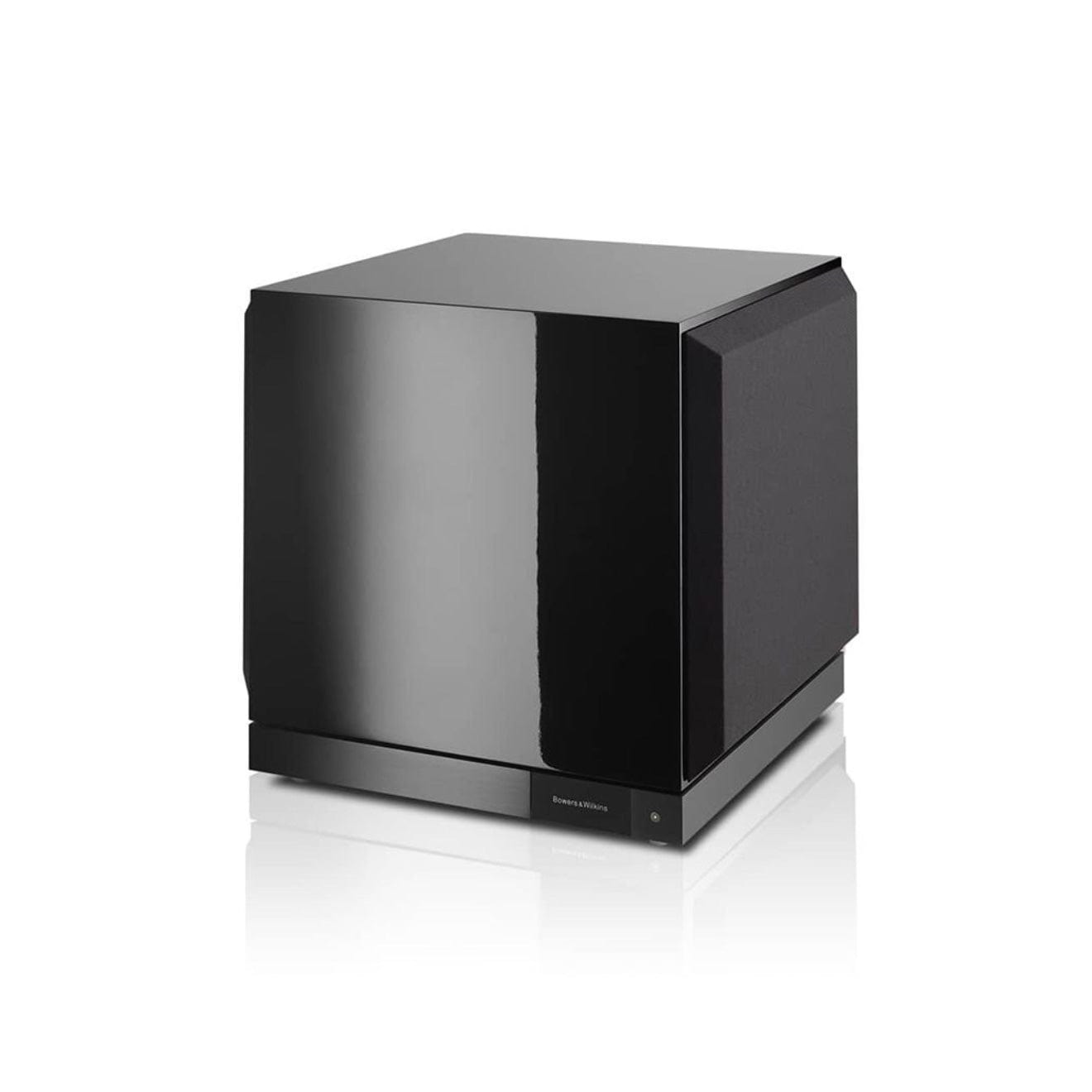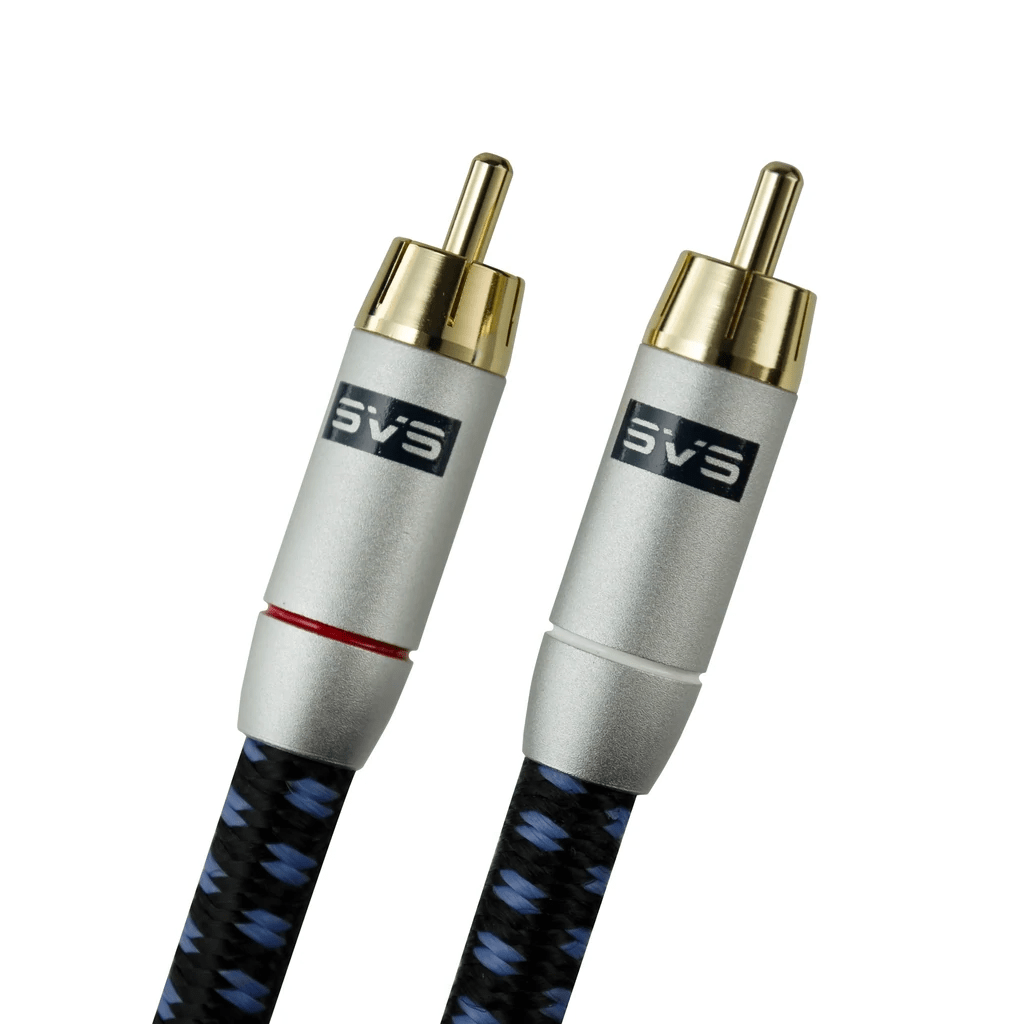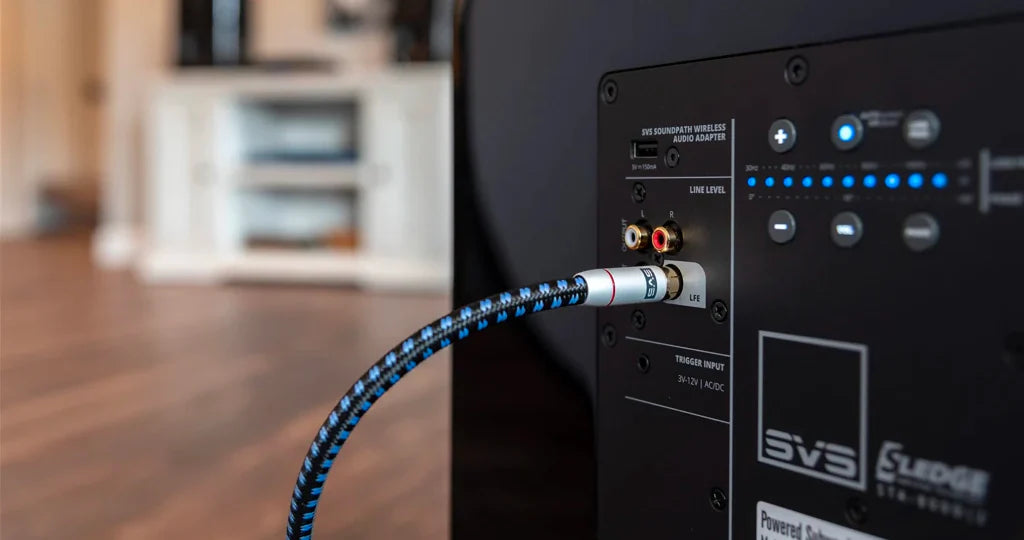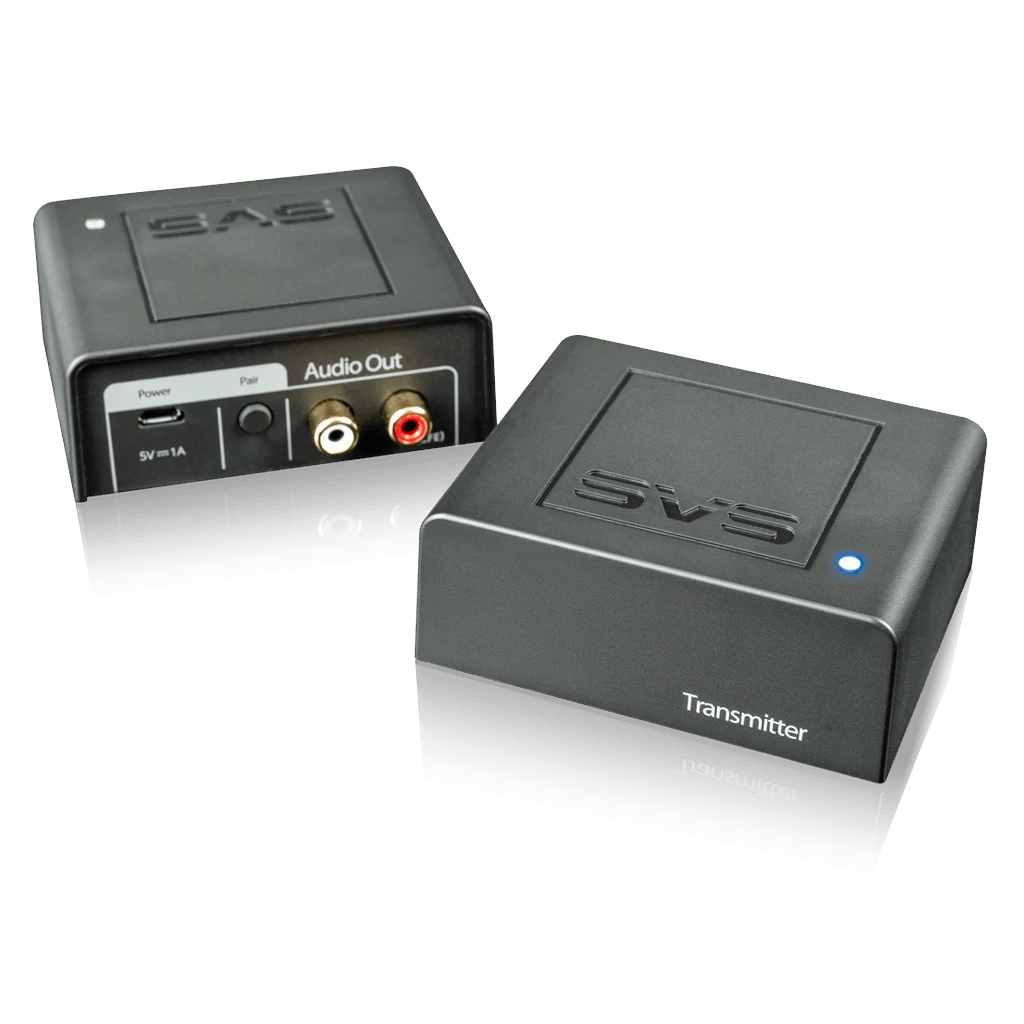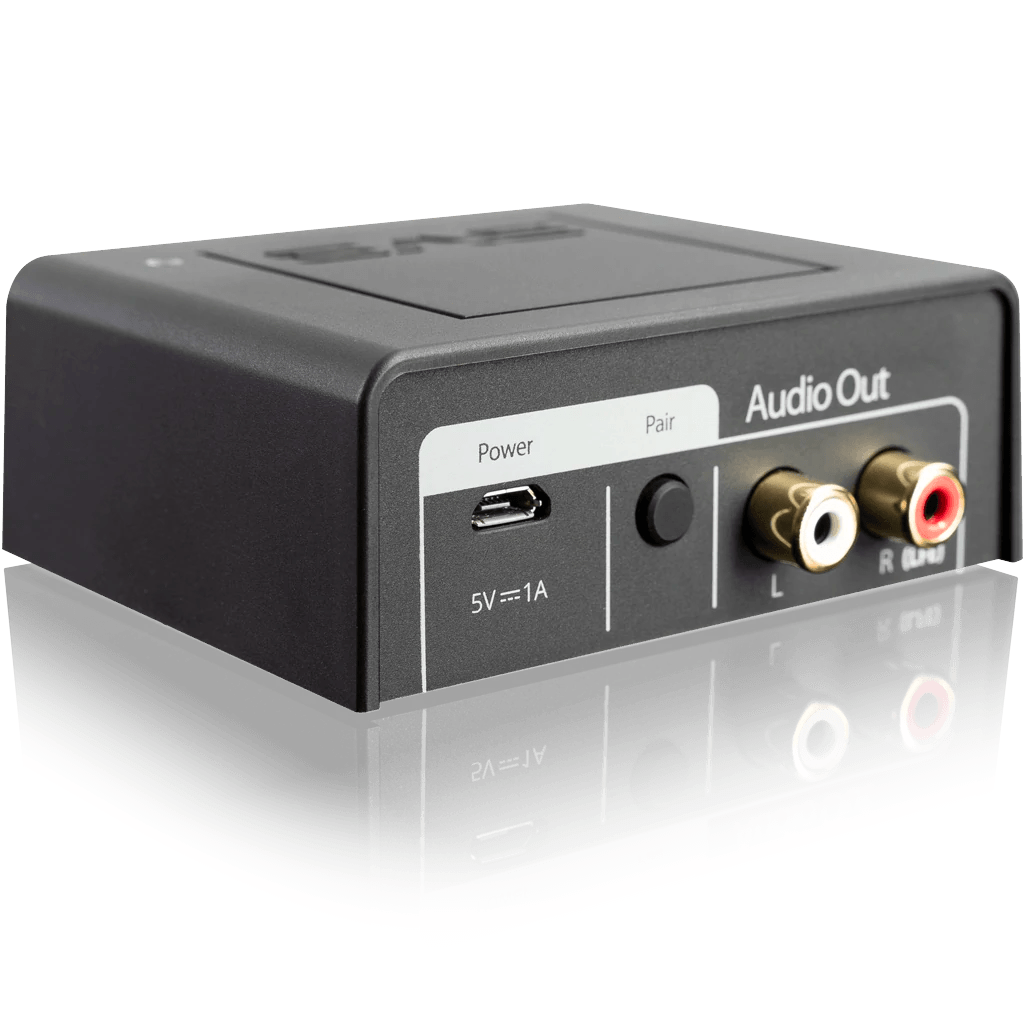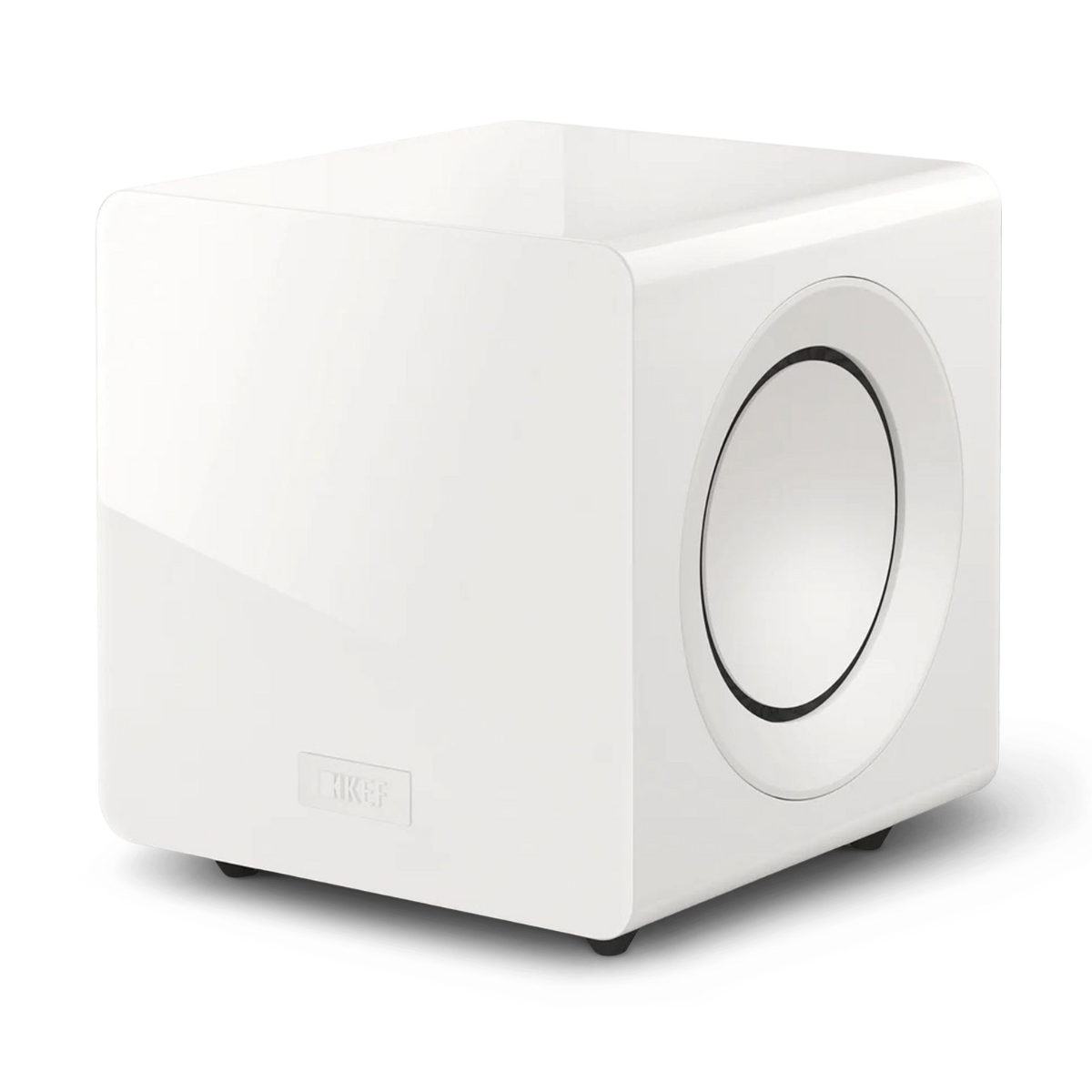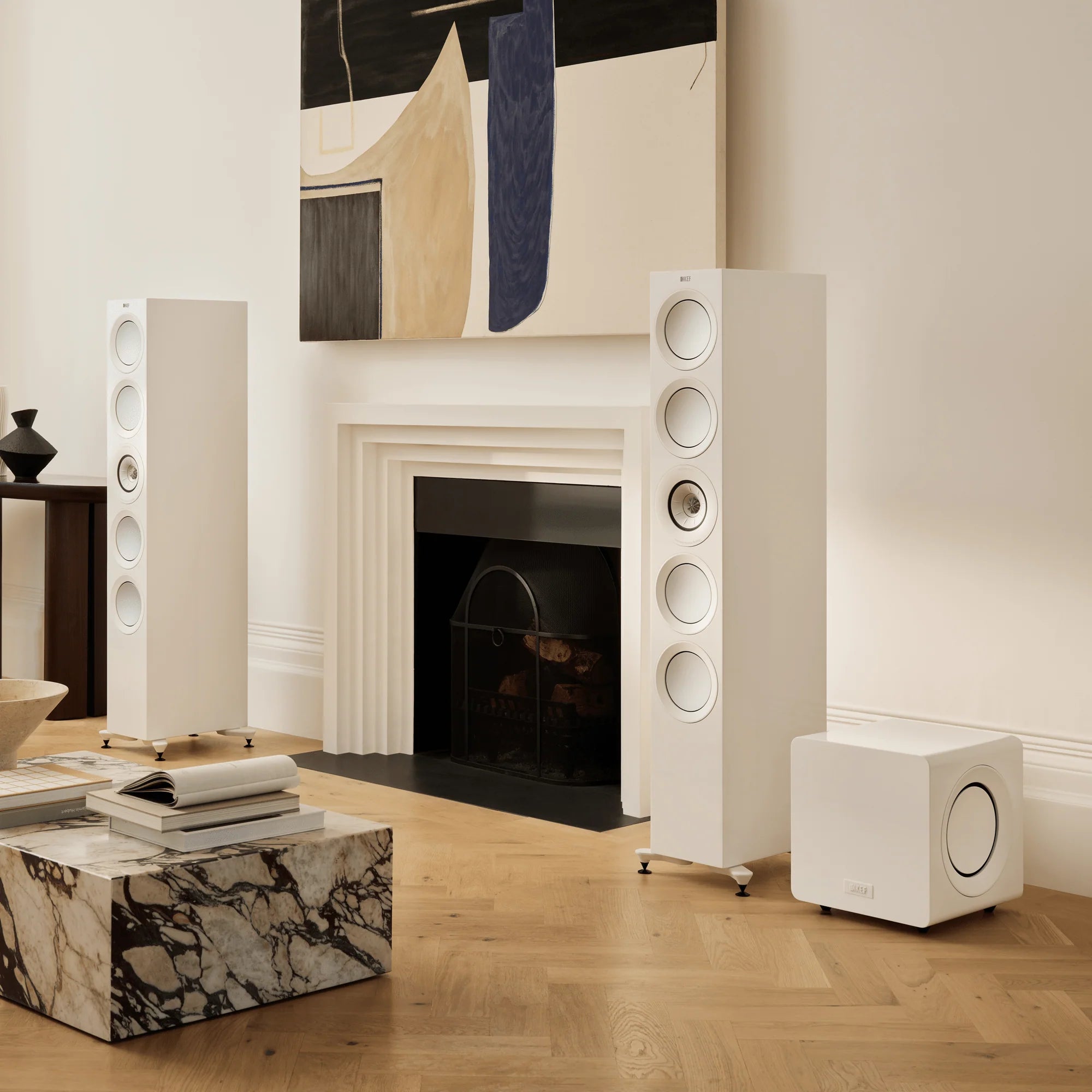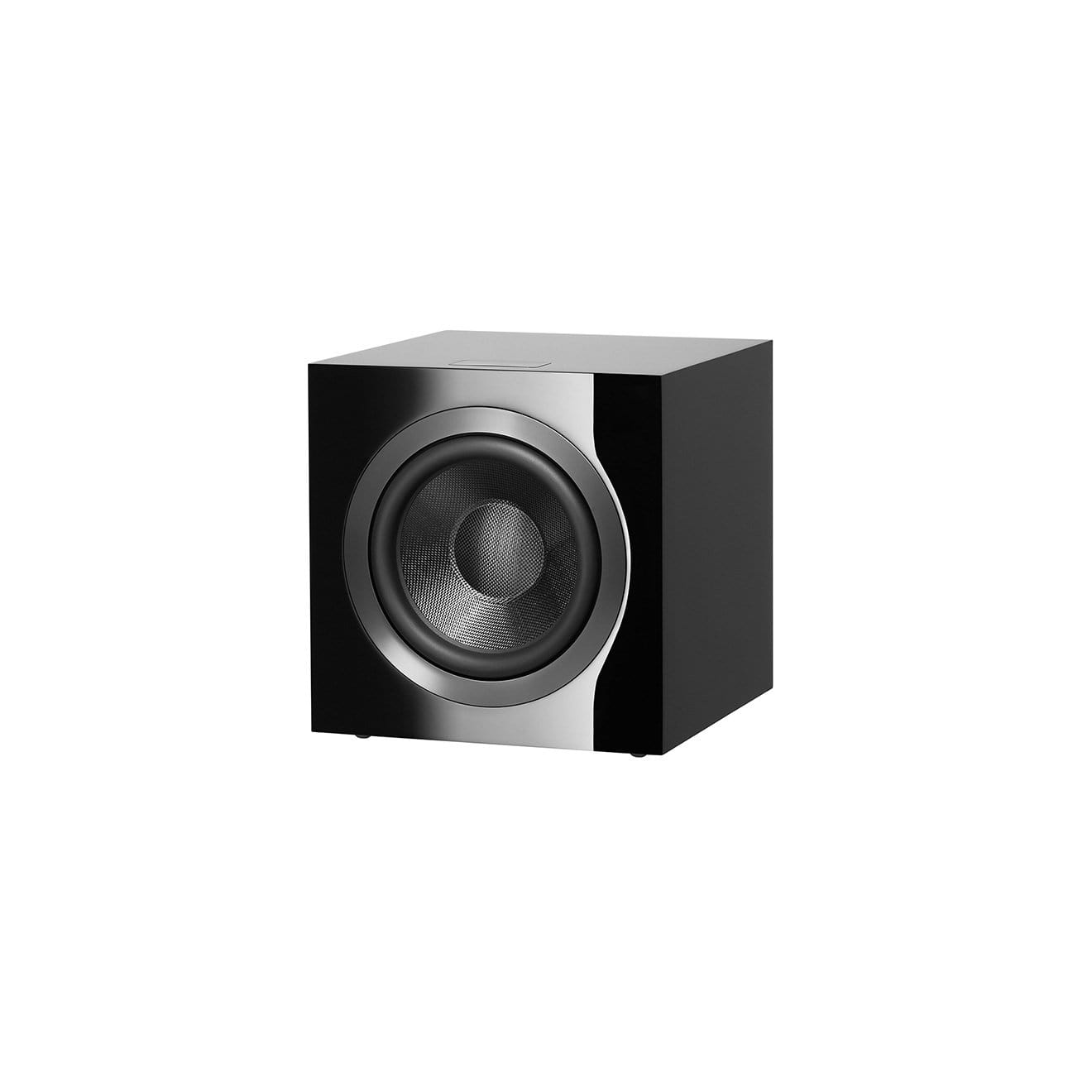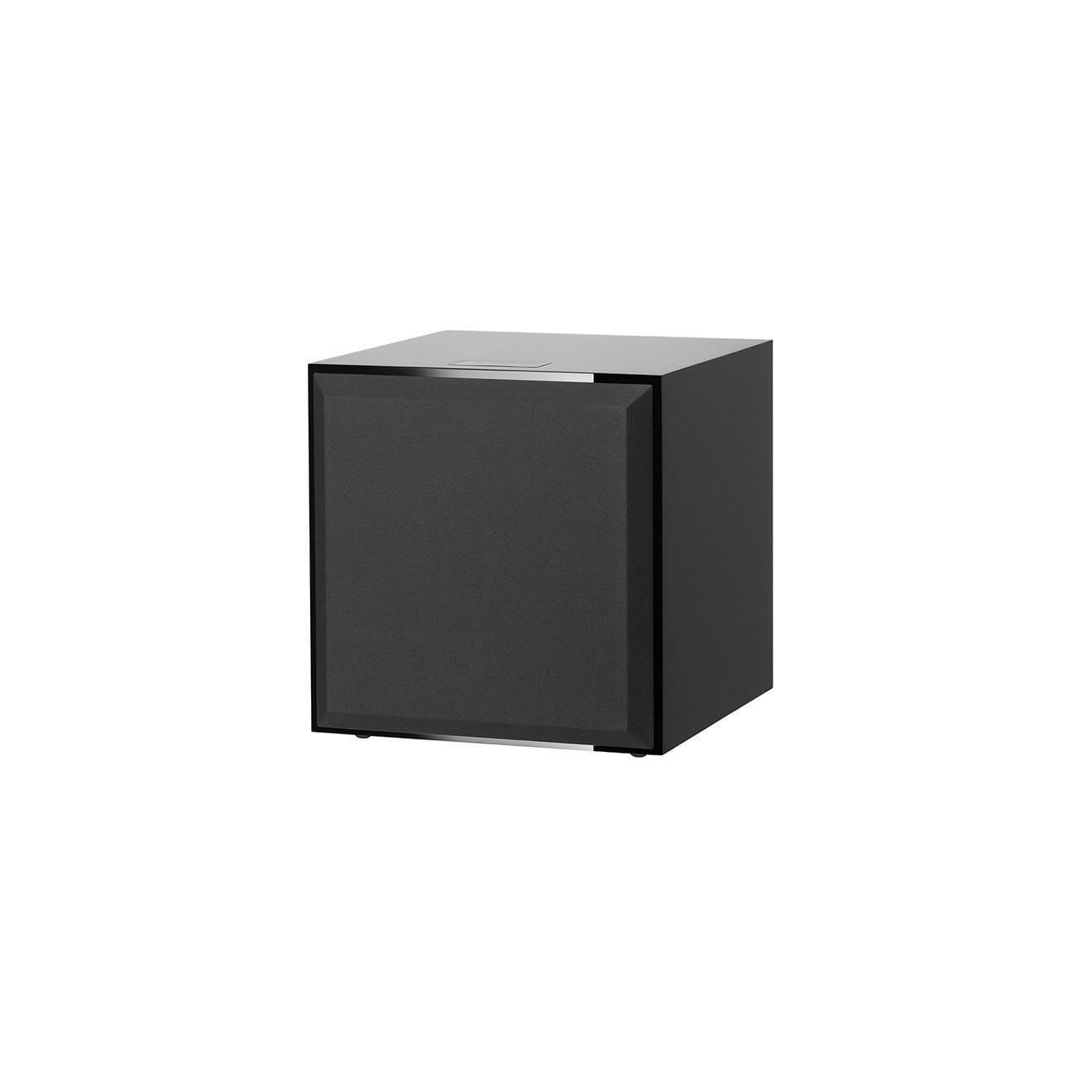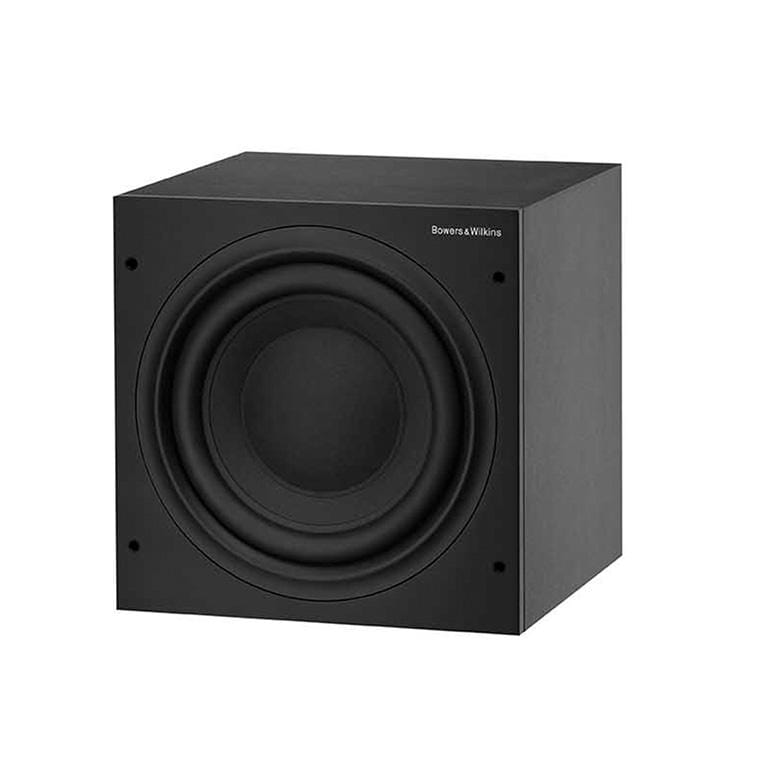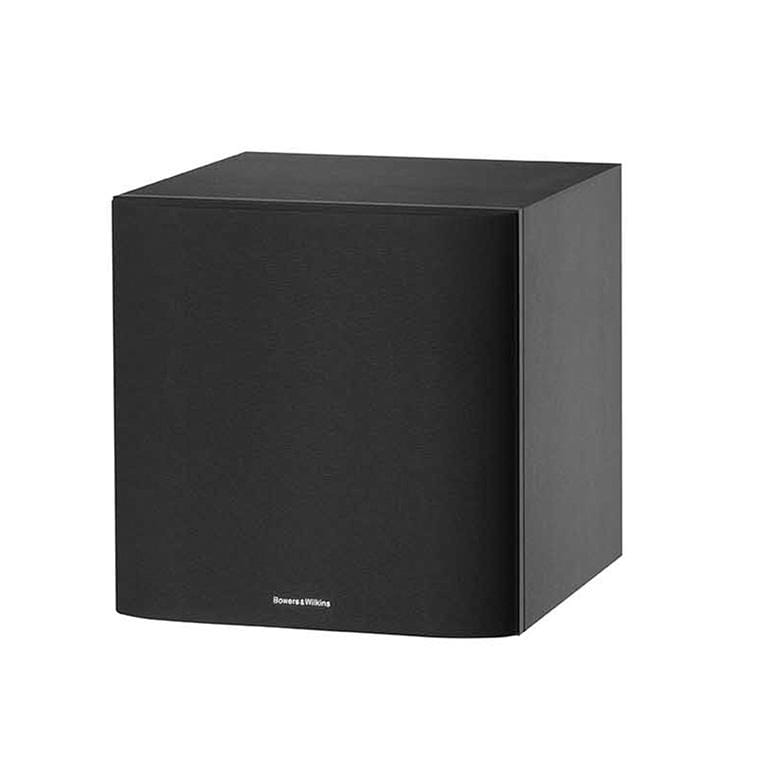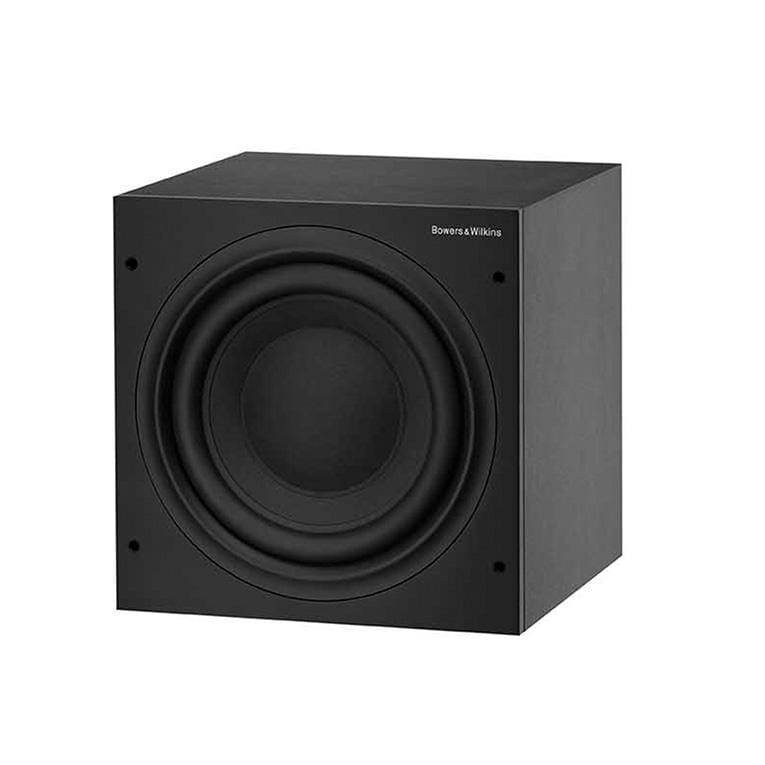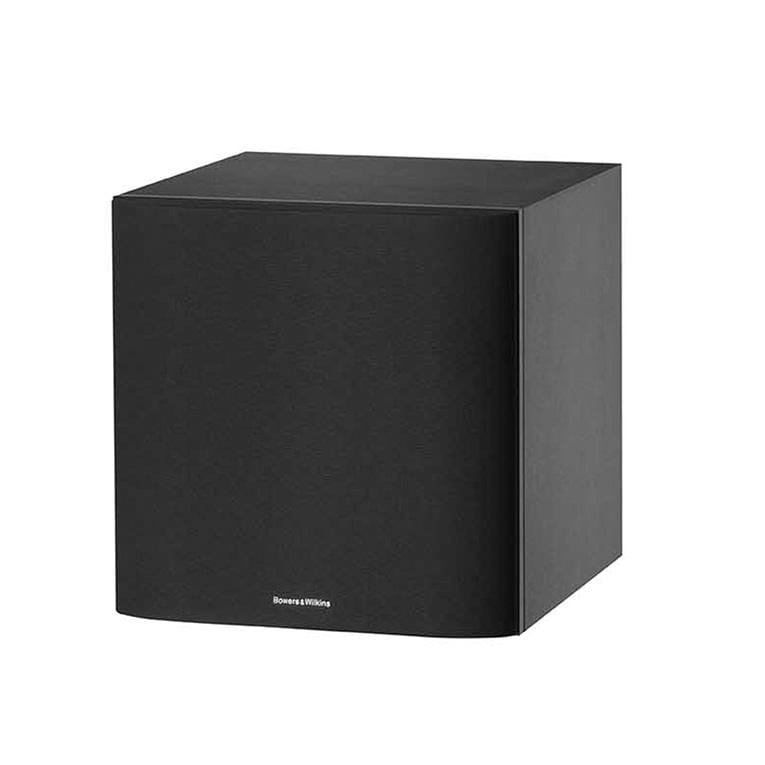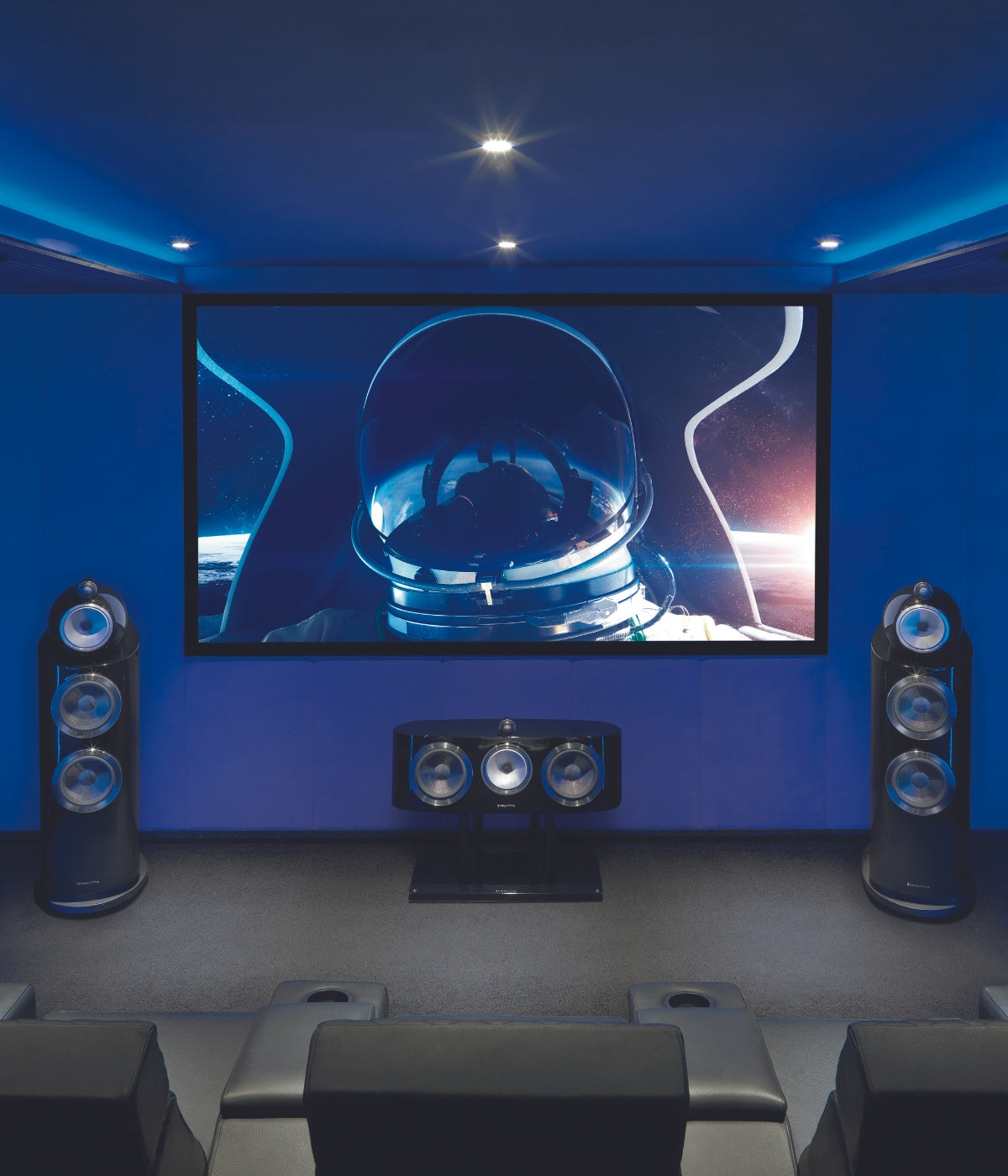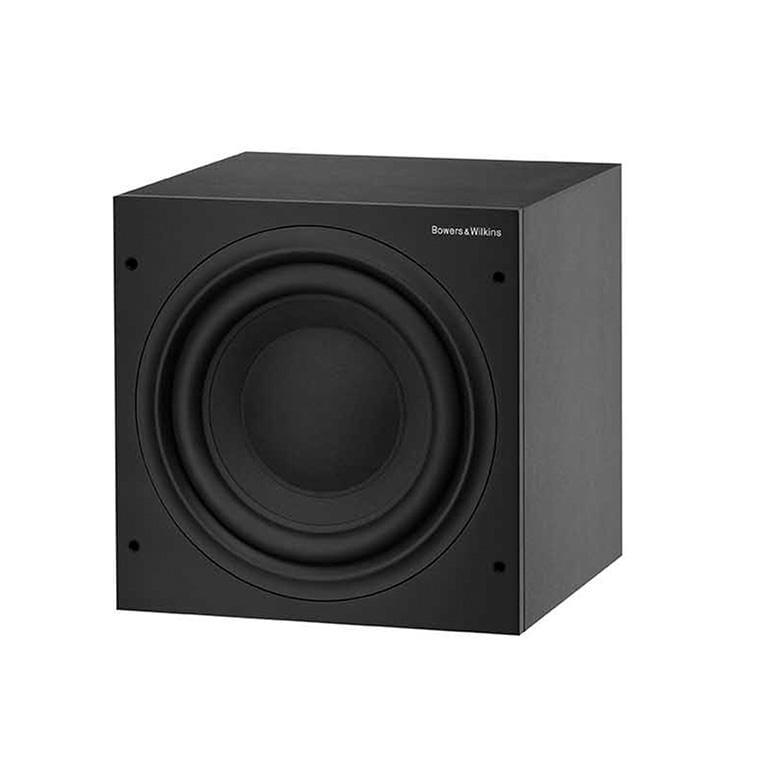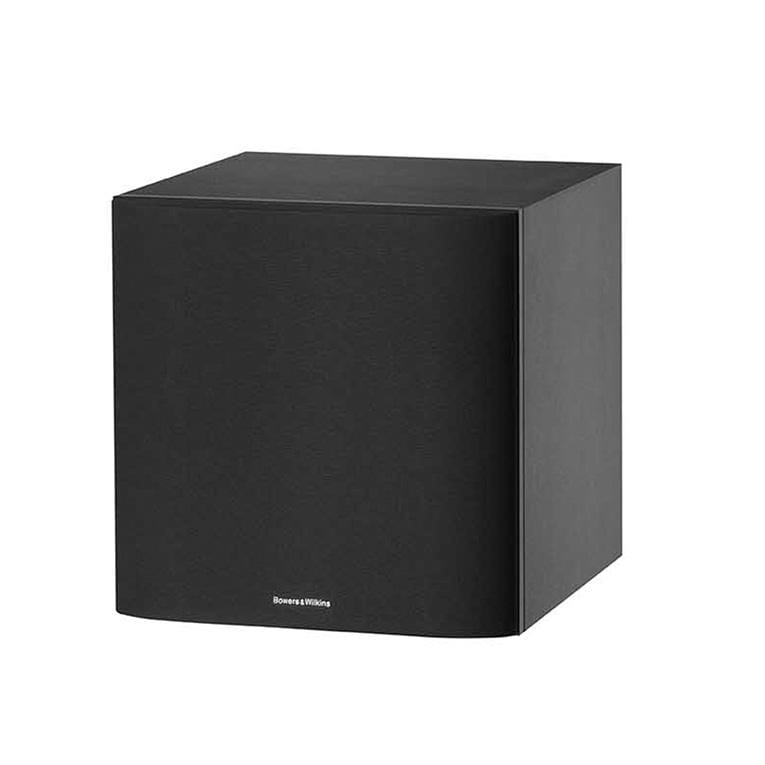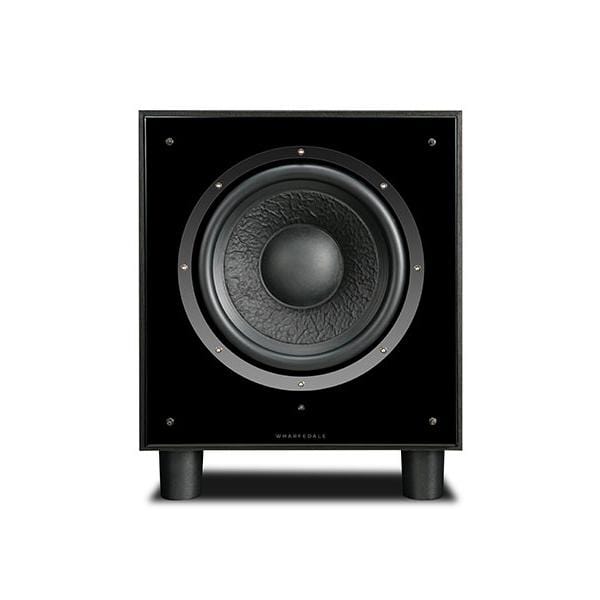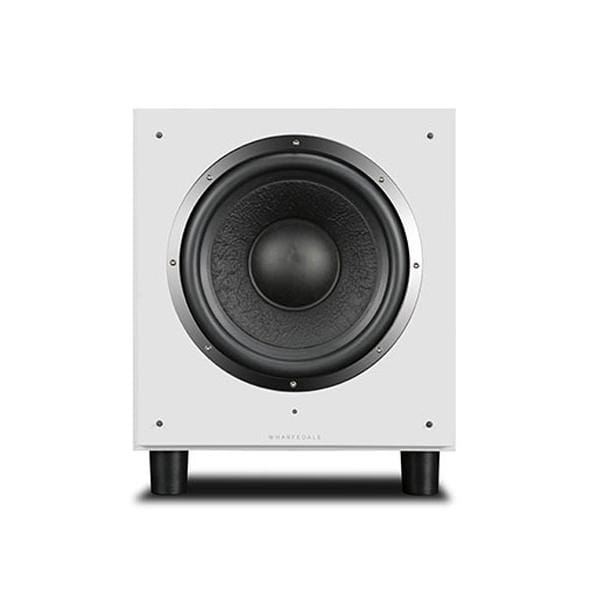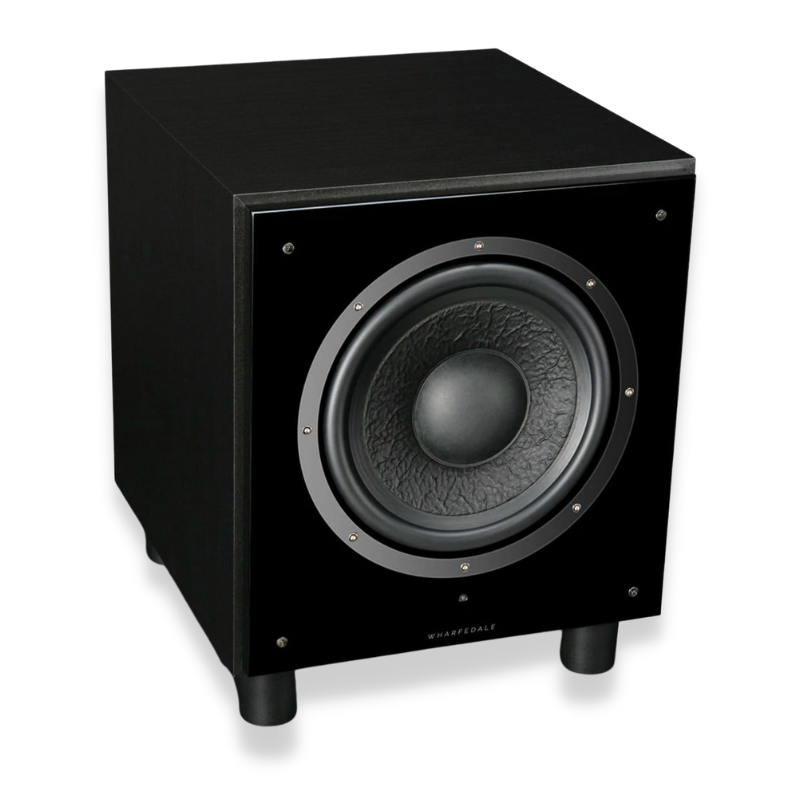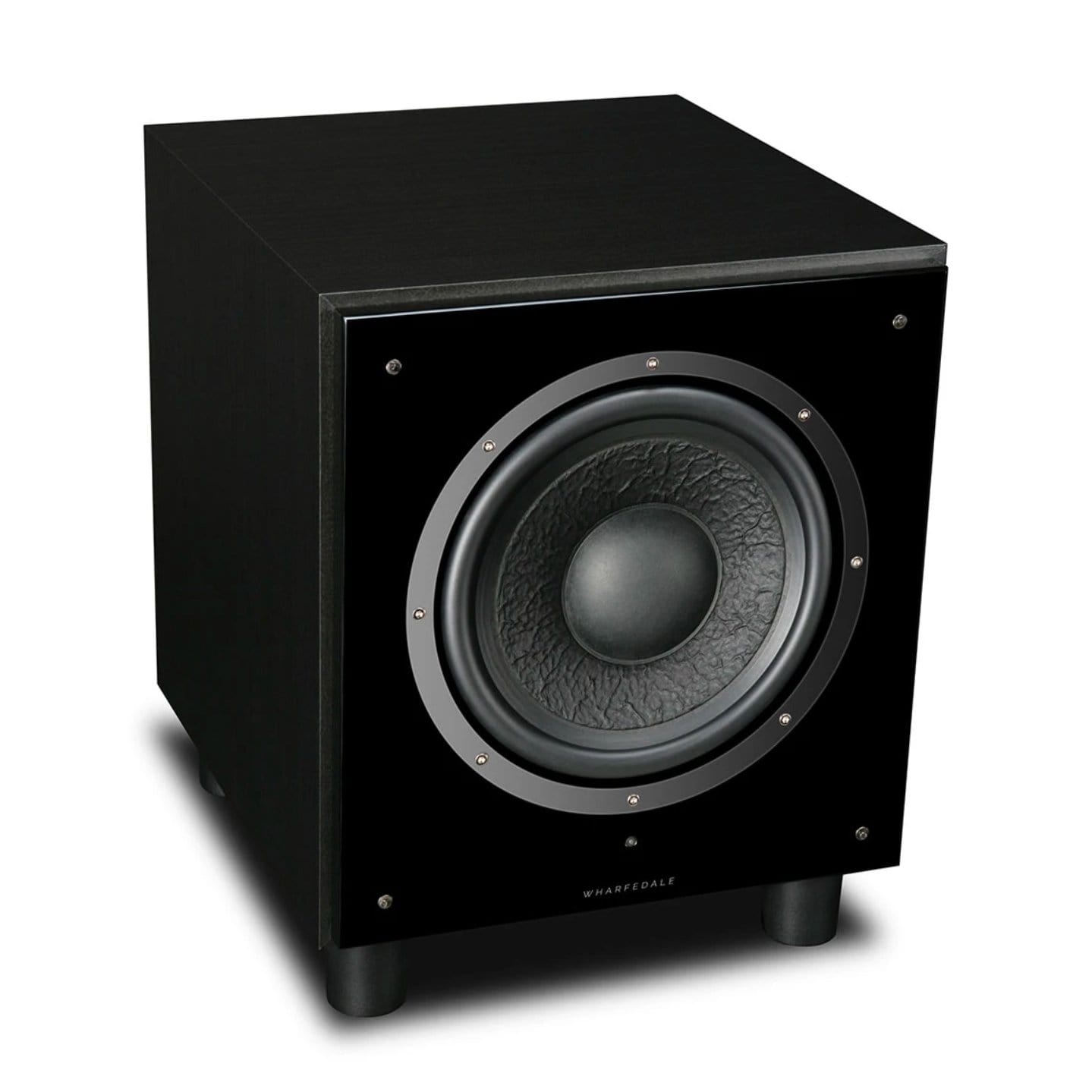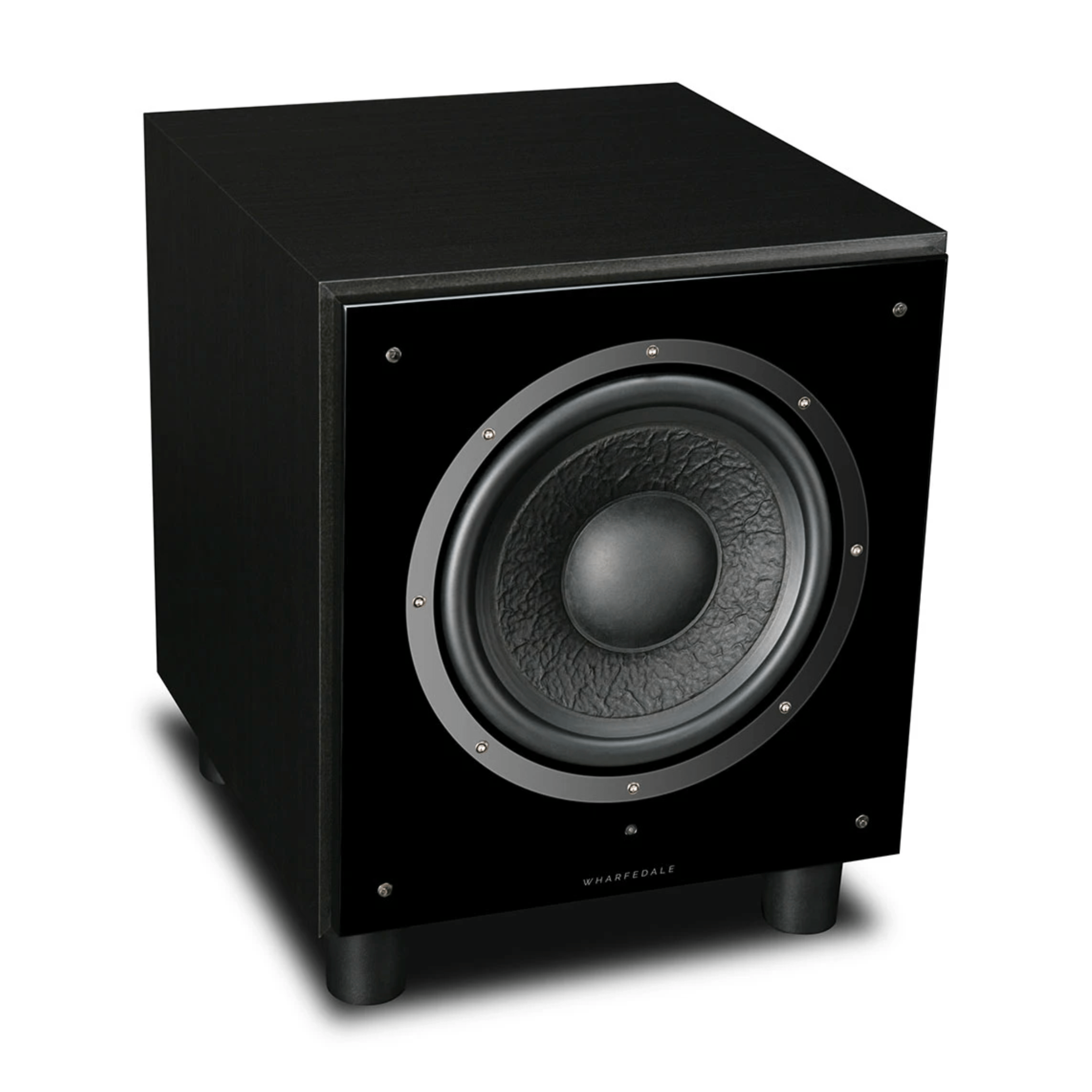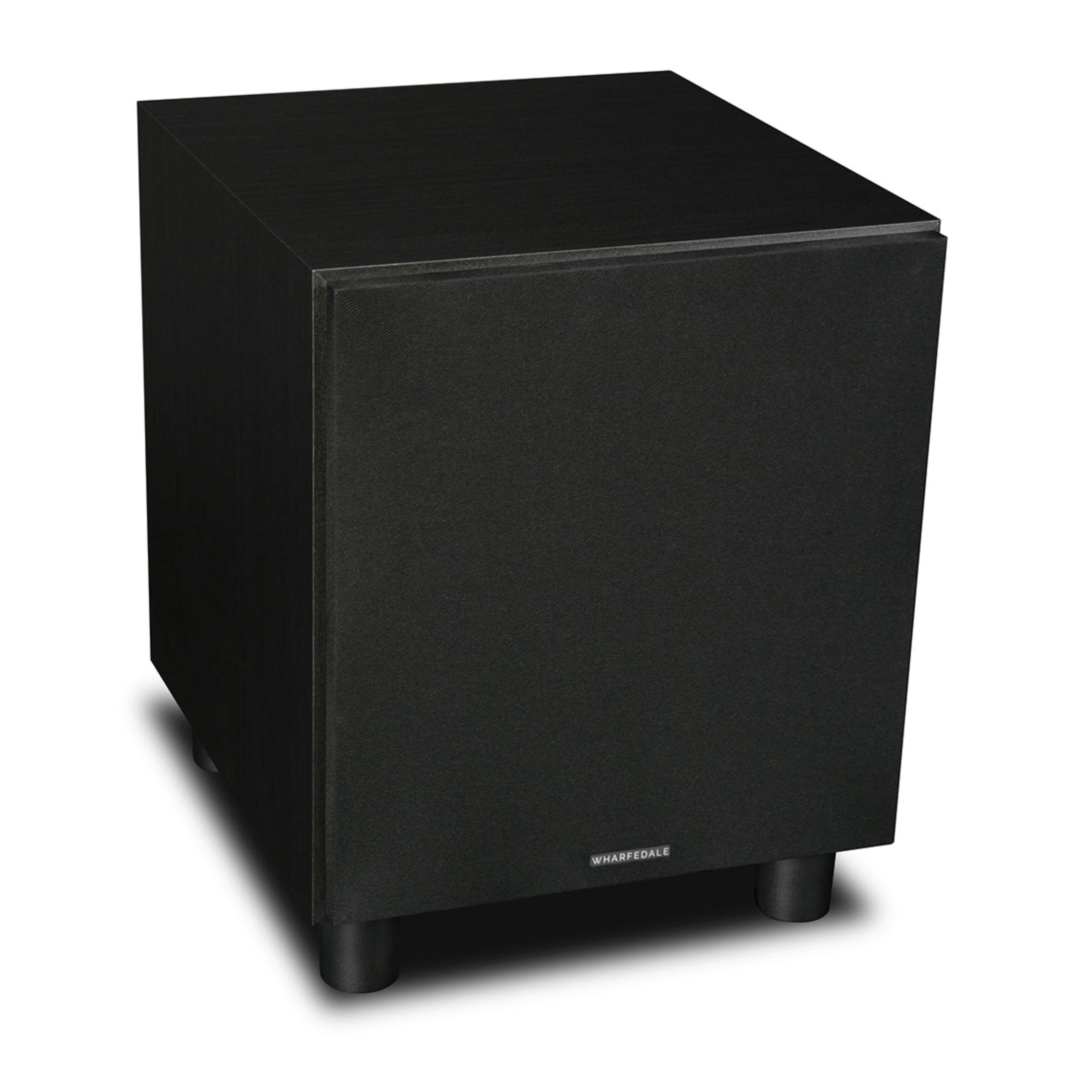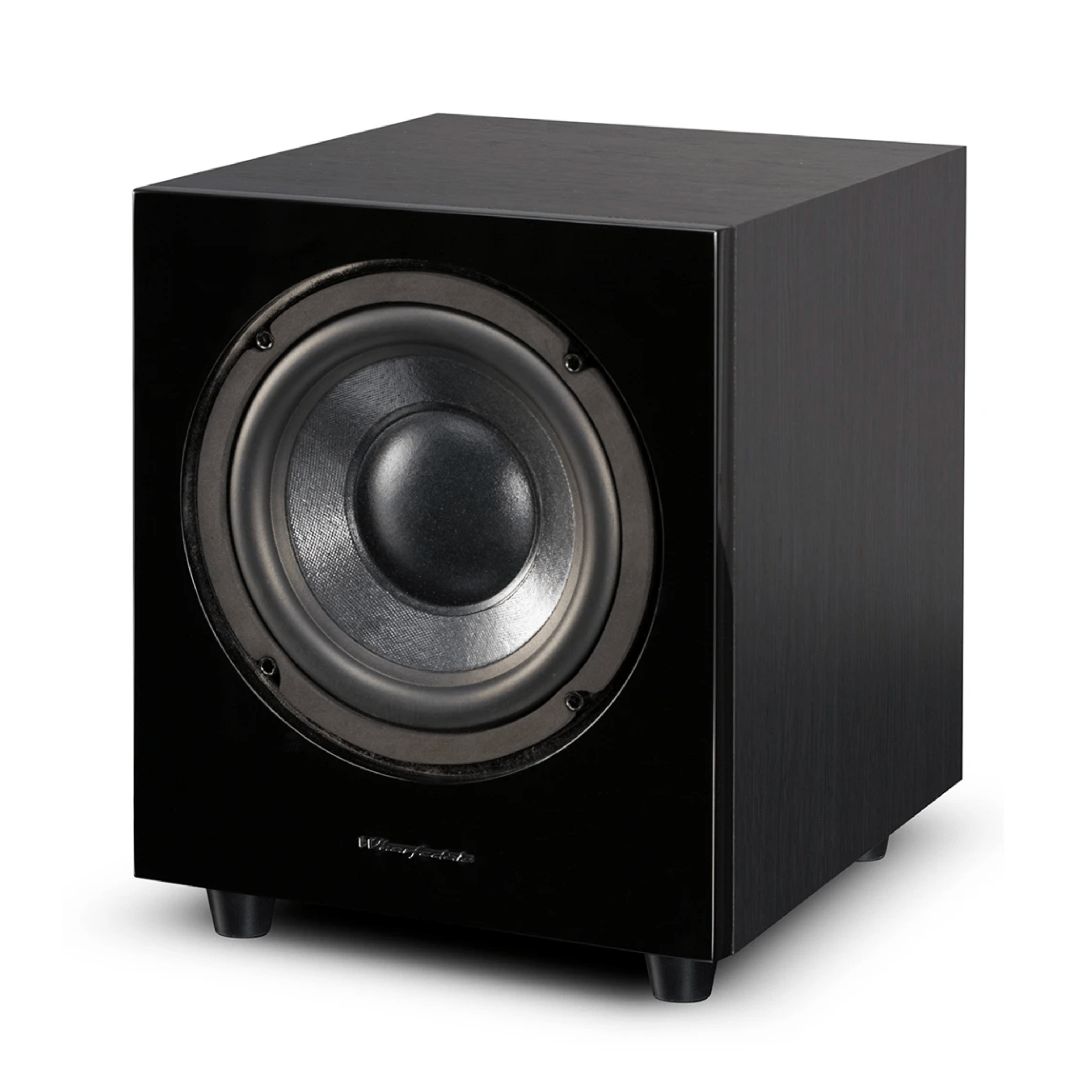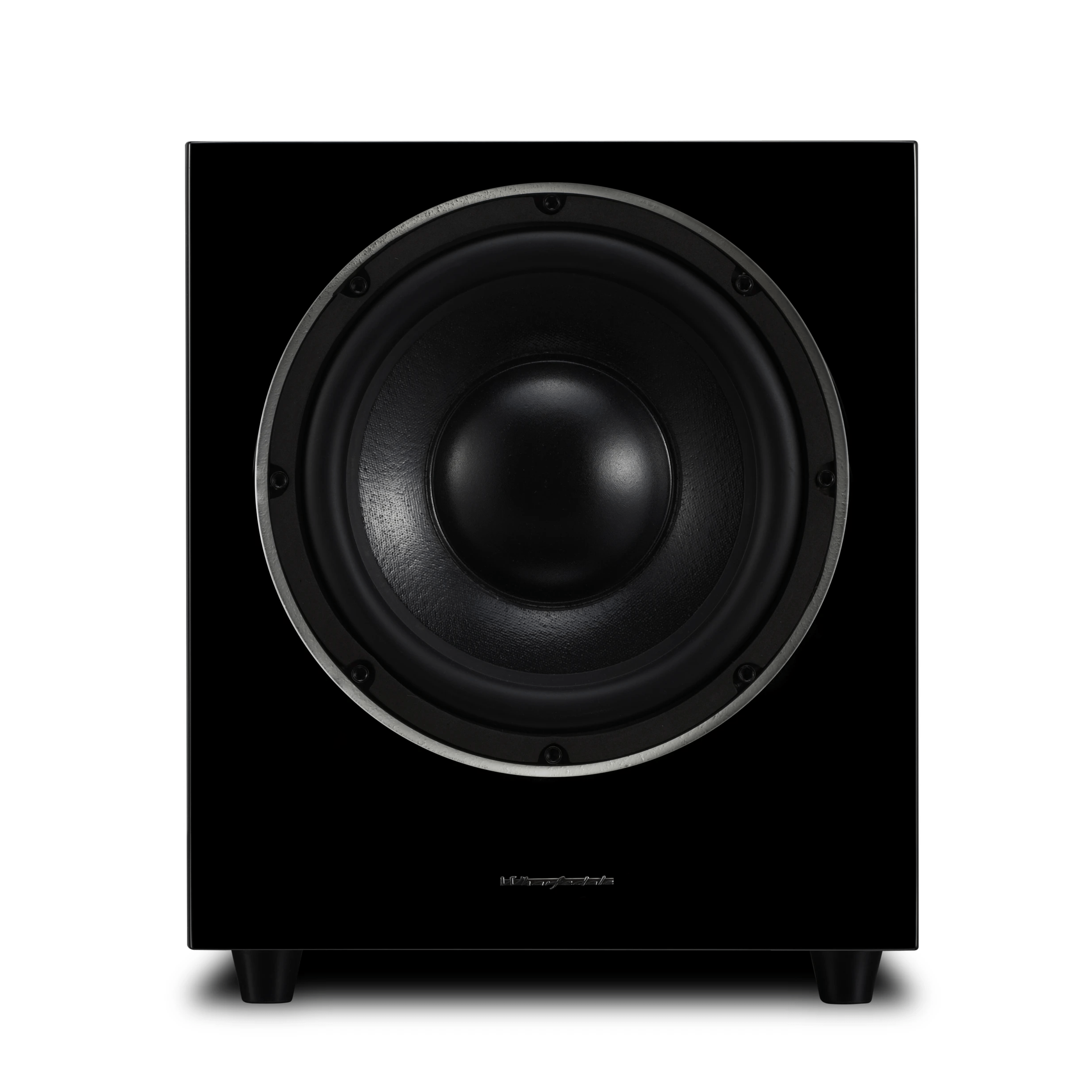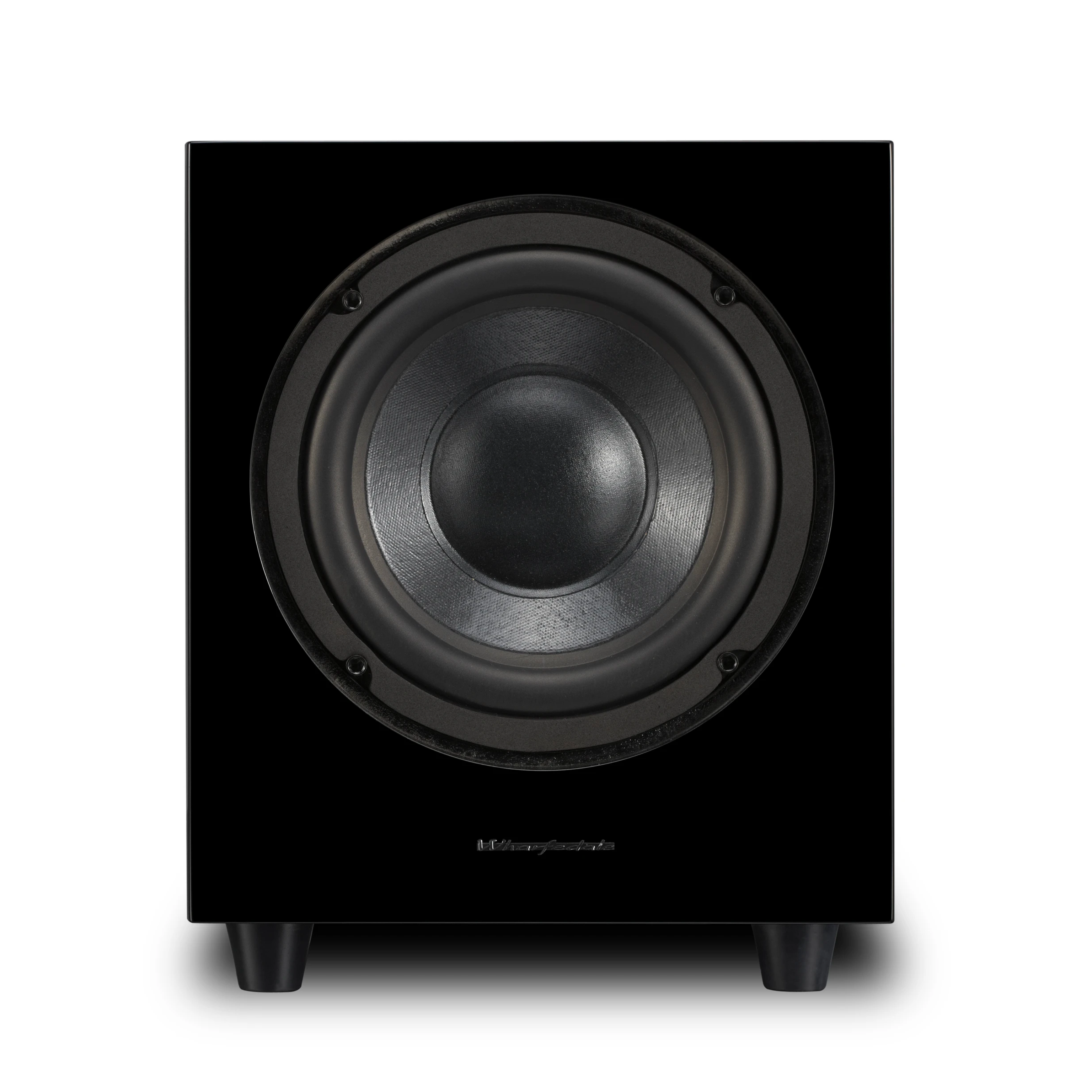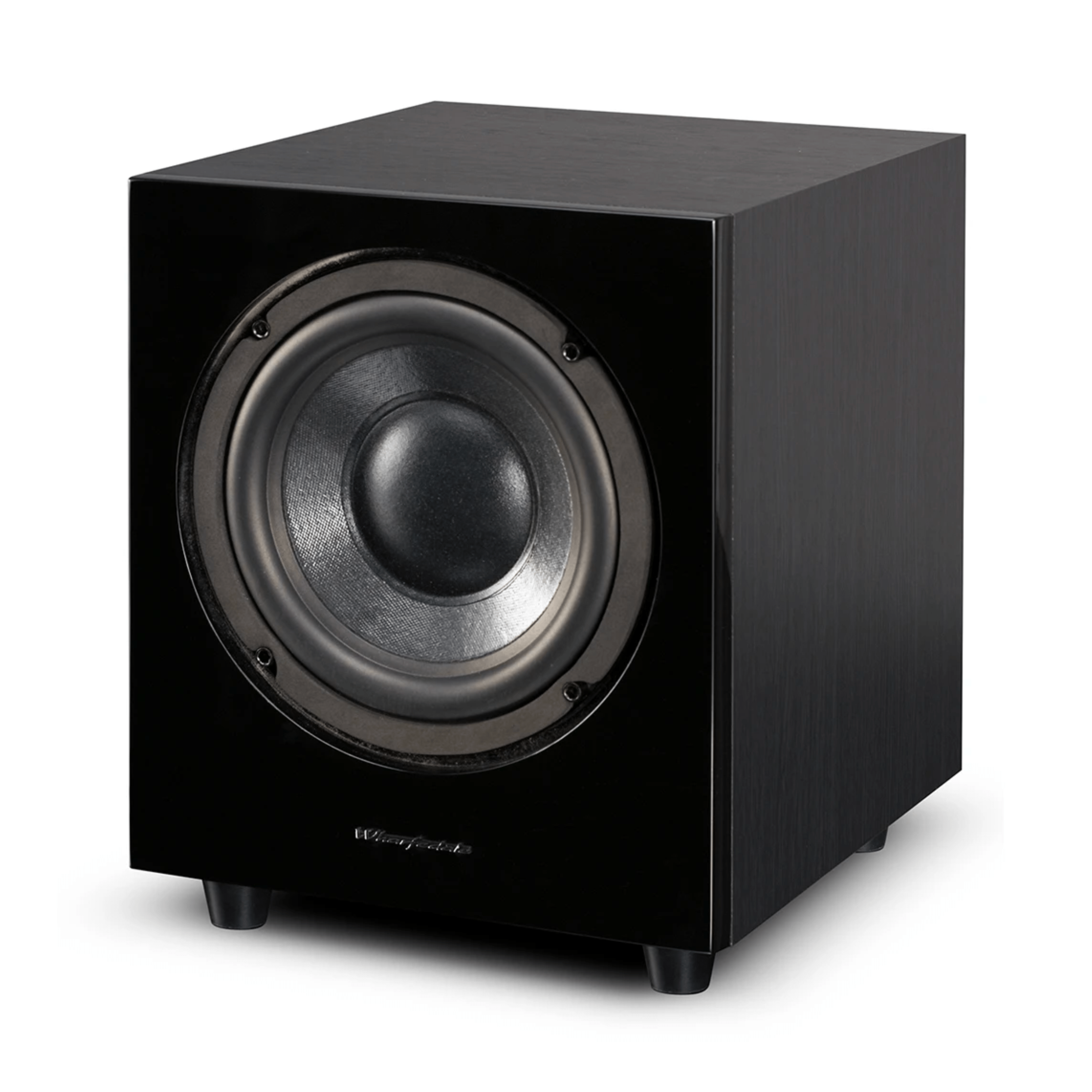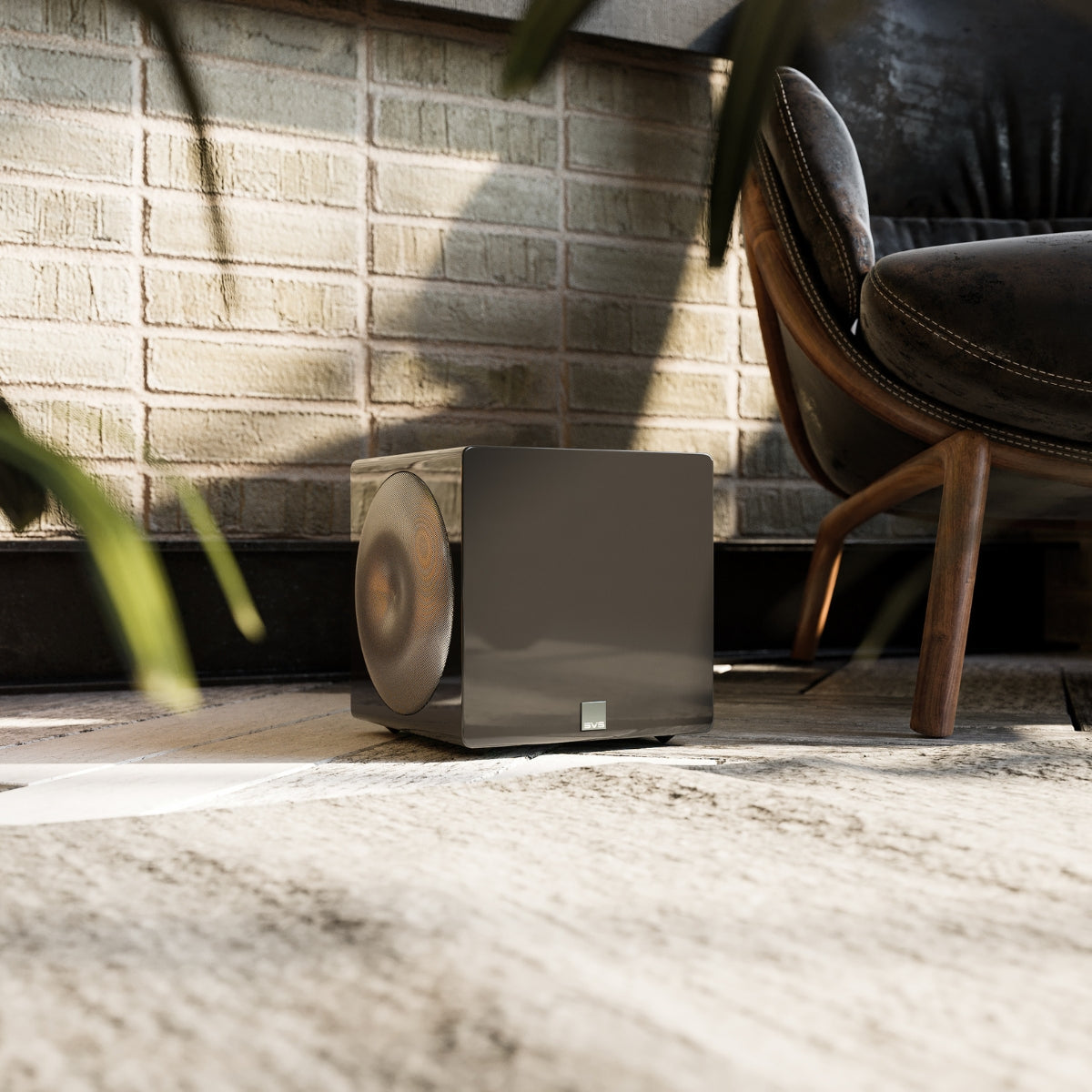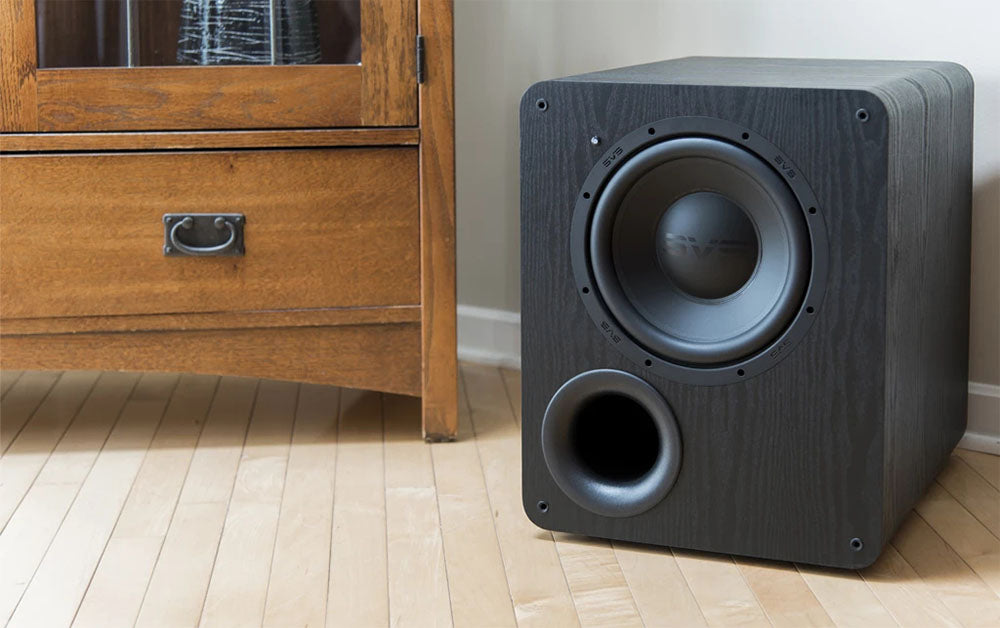
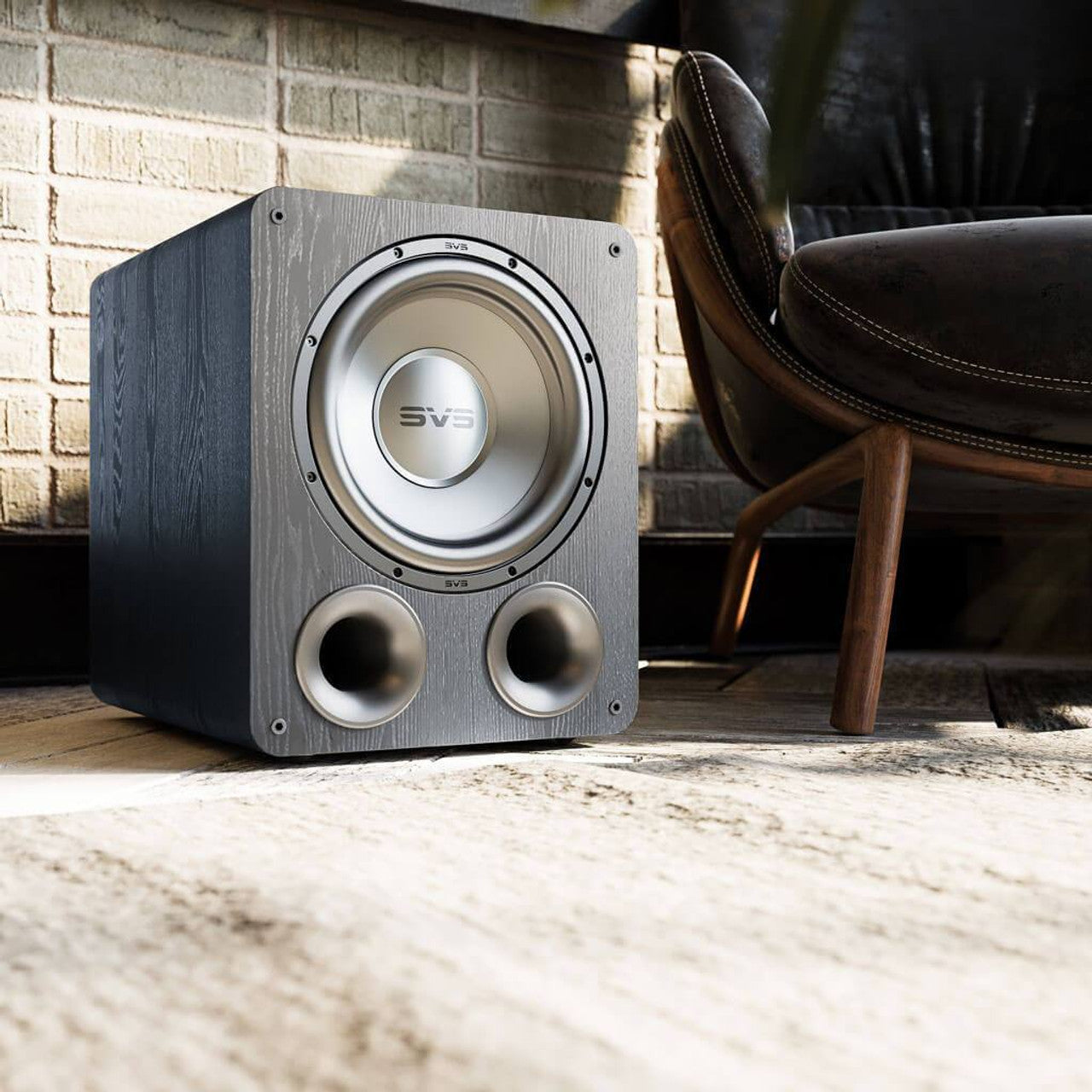
Hi-Fi & Home Theatre Subwoofers
Nat's pick
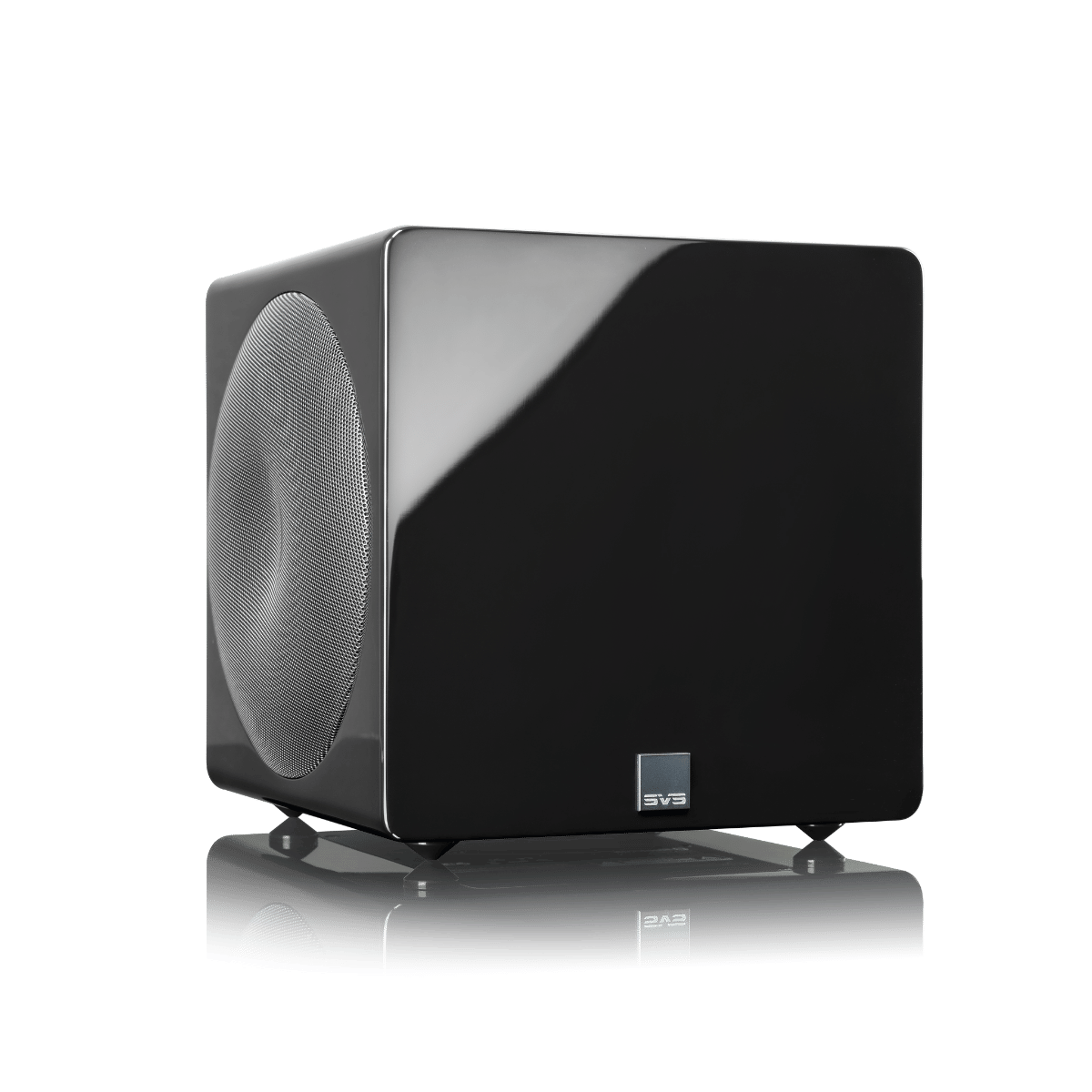
$1,709.00
Filters
107 products
TELL ME MORE ABOUT
Hi-Fi & Home Theatre Subwoofers
Subwoofers play a crucial role in any audio setup, delivering the low-frequency sounds that regular speakers often can't reproduce. They enhance the depth and... Read More
Subwoofers play a crucial role in any audio setup, delivering the low-frequency sounds that regular speakers often can't reproduce. They enhance the depth and richness of audio, making music, movies, and games more immersive.
Our collection of subwoofers caters to various needs, from compact units for small rooms to powerful ones for expansive spaces. Whether you're setting up a home theatre or enhancing your music system, our range offers reliable options to elevate your listening experience. Explore the collection to find a subwoofer that aligns with your system's requirements and your listening preferences.
What is a Subwoofer?
A subwoofer is a specialized speaker designed specifically to reproduce low-frequency sounds, typically ranging from 20 Hz to about 200 Hz. These frequencies, often referred to as bass, are the deep tones that add depth and dimension to music, movies, and other audio content. While standard speakers can produce some bass, they often lack the capability to deliver the full depth and resonance of these low frequencies. That's where a subwoofer comes in.
Constructed with larger diaphragms and housed in dedicated enclosures, subwoofers move more air, producing sounds that are not just heard but also felt. This physical sensation, whether it's the thump of a kick drum, the rumble of an explosion in a movie, or the deep tones of an orchestral piece, adds a tactile dimension to the listening experience.
In home theatre setups, a subwoofer is an essential component, working in tandem with other speakers to create a surround sound environment. In music systems, it complements standard speakers by filling in the bass gaps, ensuring a well-rounded sound profile.
In essence, a subwoofer enriches the auditory landscape, ensuring that listeners don't miss out on the full spectrum of sound, especially those deep, resonant tones that bring audio to life.
The Different Types of Subwoofers:
There are many different types of subwoofers to consider - with each one specifically designed to perform best in certain arrangements and settings. The list below gives you an idea of the main types available:
-
Passive Subwoofers: Rely on external amplifiers. Ideal for custom audio setups where users want control over the power source.
-
Powered Subwoofers: Feature built-in amplifiers. Commonly used in homes, they ensure a consistent bass output with their integrated power source.
-
Sealed Subwoofers: Housed in an airtight box, they produce tight and accurate bass. Best for genres like classical or jazz.
-
Ported Subwoofers: Designed with vents for air circulation, they deliver louder, resonant bass. Suitable for movies and genres like rock or hip-hop.
-
Down-firing Subwoofers: With speakers facing the floor, they disperse soundwaves evenly. Versatile in placement.
-
Front-firing Subwoofers: Speakers face forward, directing sound horizontally. Common in home theatres and music systems.
-
In-wall Subwoofers: Embedded within walls, they optimize space and are often used in custom-built home theatres.
-
In-ceiling Subwoofers: Installed in ceilings, they offer powerful bass without taking up floor space.
-
Wireless Subwoofers: Eliminate the need for cables, offering flexibility in placement and a clutter-free setup.
Each type of subwoofer offers unique acoustic properties, catering to various room sizes, audio preferences, and system integrations.
Do I Need a Subwoofer?
The decision to integrate a subwoofer into your audio setup often hinges on your listening preferences and the desired sound experience. Subwoofers are specialized speakers that reproduce low-frequency sounds, adding depth and richness to audio that regular speakers might struggle to deliver fully.
For movie enthusiasts, a subwoofer can significantly enhance the home theatre experience. The rumble of explosions, the roar of engines, or the subtle undertones in a suspenseful scene are all amplified, making the viewing experience more immersive. Similarly, for avid gamers, the added bass can make in-game environments feel more lifelike and engaging.
Music lovers, too, can benefit from a subwoofer. While many genres like rock, hip-hop, and electronic music have pronounced bass lines that a subwoofer can accentuate, even genres like classical or jazz have intricate low-frequency details that become more noticeable with a subwoofer.
However, if you have a small room or an audio system that's primarily used for casual listening or background music, a subwoofer might not be essential. It's also worth noting that some high-end speakers can produce considerable bass on their own.
In conclusion, while a subwoofer isn't a mandatory component, it's a valuable addition for those seeking a fuller, more nuanced sound experience.
How to Choose the Best Subwoofer for Your Setup
Selecting the ideal subwoofer for your audio setup is a blend of understanding your room's acoustics, your listening habits, and the technical specifications of the subwoofer. Here are some key considerations:
Room Size: The size and acoustics of your room play a pivotal role. Larger rooms may require more powerful subwoofers to fill the space with sound, while smaller rooms might benefit from a compact unit.
Listening Preferences: If you're an avid movie watcher, you might prioritize a subwoofer that delivers deep rumbles for cinematic effects. Music enthusiasts might seek tight and accurate bass reproduction for various genres.
Placement: Consider where the subwoofer will be positioned. Some models are designed for corner placement, while others might be more versatile. If space is a concern, in-wall or in-ceiling subwoofers can be a solution.
Wired vs. Wireless: Traditional subwoofers require a physical connection to the audio system, but wireless options offer flexibility in placement without the clutter of cables.
Frequency Range: Check the subwoofer's frequency range. A broader range ensures it can handle both the highest and lowest tones effectively.
Integration with Existing System: Ensure the subwoofer is compatible with your existing speakers and amplifier, balancing the power and sound quality across the system.
By carefully evaluating these factors and understanding your unique needs, you can select a subwoofer that elevates your audio experience to new heights.
How to Connect a Subwoofer
Connecting a subwoofer to your audio system can seem daunting, but with a step-by-step approach, the process becomes straightforward. Here's a guide to help you integrate a subwoofer seamlessly:
1. Positioning: Before connecting, decide on the subwoofer's placement. Ideally, it should be close to the main speakers, often in a corner for optimal bass response. However, the best spot can vary based on room acoustics, so some experimentation might be needed.
2. Powering Up: Ensure the subwoofer is unplugged from the power source during the initial setup to avoid any electrical mishaps.
3. Connection Type: Subwoofers typically connect via RCA cables. If your receiver has a 'Sub Out' or 'LFE (Low-Frequency Effects)' port, use it. Connect one end of the RCA cable to the receiver and the other to the subwoofer's input.
4. Setting Levels: Once connected, power on the subwoofer and the audio system. Play some music or a movie clip and adjust the subwoofer's volume. The goal is to balance the bass so it complements the main speakers without overwhelming them.
5. Crossover Settings: Some subwoofers have a crossover setting, determining which low-frequency tones it will handle. Adjust it so there's a smooth transition between the main speakers and the subwoofer.
6. Fine-tuning: Over time, as you listen to various content, you might need to tweak the volume or crossover settings for optimal performance.
By following these steps, you'll ensure that your subwoofer integrates harmoniously with your audio system, enhancing the overall sound quality.
Final Thoughts
A subwoofer can be a transformative addition to any audio setup, enriching the sound landscape with depth and resonance. Whether you're diving into movies, music, or gaming, the right subwoofer amplifies the experience, making it more immersive and engaging. As you explore our collection, consider your room size, audio preferences, and existing equipment. With careful selection and proper setup, a subwoofer can elevate your listening moments, turning them into truly memorable auditory experiences. Dive in, and let the deep tones of a subwoofer redefine your audio adventures.
Some Quick FAQ:
What is the difference between an active and a passive subwoofer?
An active subwoofer has a built-in amplifier, while a passive subwoofer requires an external amplifier to produce sound.
What does "wireless subwoofer" mean?
A wireless subwoofer is a subwoofer that can connect to an audio source without the need for a physical cable.
Is the size of a subwoofer important?
Yes, the size of a subwoofer can affect its bass output. Generally, larger subwoofers produce deeper bass.
What is a powered subwoofer?
A powered subwoofer is a subwoofer that has a built-in amplifier, eliminating the need for an external amplifier.
Can I use a subwoofer with a soundbar?
Yes, many soundbars are designed to be paired with a subwoofer to enhance the bass performance.
NEED MORE GUIDANCE?
We are here to help
Check out some of our most commonly asked questions.
What do I need to play records?
Getting into vinyl? That’s awesome! We have some curated turntable Hi-Fi packs, with everything you'll need to get spinning right away. But if you want to build your own, read on for all the details.
First off, you'll need a turntable. It's the star of the show, so make sure it’s in good nick, with a decent cartridge and stylus (needle).
Next, there’s the phono preamp. Some turntables or amplifiers come with one built-in, but if yours doesn’t, you’ll need one as a bridge between your turntable and amplifier or powered speakers.
For the sound output, you’ve got two options. You can go with a traditional setup involving an integrated amplifier to take the signal from your phono preamp and power your passive speakers. Alternatively, you can opt for powered speakers, which have the amplifier built in – a handy all-in-one solution.
Speaking of speakers, good ones are a must for that rich, warm vinyl sound we all love. Whether you go for bookshelf or floorstanding speakers (or powered ones) depends on your space and budget.
And there you go! With these essentials, you’ll be ready to dive into your vinyl collection and enjoy that classic sound.
What can a wireless speaker do?
Wireless speakers are a game-changer for how you enjoy music and audio around the house. First off, they let you stream music wirelessly from your phone, tablet, or computer, so no more messing about with cables. You can easily play tunes from Spotify, Apple Music, Tidal or whatever streaming service you fancy.
If you’re into having music everywhere, many wireless speakers offer multi-room audio. You can sync them up to play the same music in every room or control what plays in each room individually, perfect for parties or just keeping the vibes consistent throughout your home.
Voice control is another brilliant feature. Many come with built-in assistants like Alexa, Google Assistant, or Siri. You can control your music with just your voice, ask for the weather, set reminders, or even control other smart home devices.
Sound quality? These little gadgets often pack a punch, delivering high-quality audio that can rival traditional wired setups. Some even offer 360-degree sound, filling the room with music from every angle.
In a nutshell, wireless speakers bring flexibility, convenience, and top-notch sound to your audio experience, making them a fantastic addition to any home. Whether you’re hosting a party, working from home, or just chilling out, they make listening to music a breeze.
How do you choose the right speaker & amplifier combination?
Deciding on a good speaker and amplifier combination is like putting together a perfect wine and cheese pairing—it’s all about balance and harmony. Here’s a conversational guide to help you through it:
First, consider your speakers. These are your main players, so you want to choose ones that fit your space and listening preferences. If you love deep bass and have a bit of room, floorstanding speakers might be your go-to. For smaller spaces or a more subtle look, bookshelf speakers are fantastic.
Now, onto the amplifier. This is where things get interesting. Your amp needs to match your speakers in terms of power and impedance. Check the wattage ratings on your speakers—your amplifier should provide enough power to drive them properly. Too little power and you’ll be missing out on sound quality; too much, and you risk damaging your speakers.
Next, think about the impedance (measured in ohms). Your amp and speakers should be compatible here too. Most speakers are rated at 8 ohms, but some can be 4 or 6. Make sure your amplifier can handle the impedance of your speakers to avoid any performance issues.
Another important factor is the type of sound you’re after. Some amps are known for their warm, rich tones, while others might be more neutral or even slightly bright. It’s a bit like choosing between a vinyl record and a digital stream or CD —each has its own charm. If possible, listen to different amp and speaker combinations to see what sounds best to your ears.
If purchasing online, note that at LE, we have made recommendations on speaker & amplifier combinations that we think sound wonderful together within each product listing.
Don’t forget about connectivity and features. Modern amplifiers often come with a host of options like Bluetooth, Wi-Fi streaming, and various inputs for all your devices. Make sure your amp has the inputs you need for your turntable, CD player, or streaming device.
Finally, consider your budget. Great sound doesn’t always mean breaking the bank, but be prepared to invest to get a quality setup that will last.
In the end, trust your ears. Listen to a few combinations if you can, and go with what makes your music sound the best to you.
Why do I need a headphone amplifier?
If you’re diving into the world of high-quality audio, a headphone amplifier can be a real game-changer. Think of it like this: most standard devices, like your smartphone or laptop, just don’t have the oomph needed to drive headphones properly. They might get the job done, but they won’t do your music justice. A headphone amp gives your headphones the power they need, ensuring you get the volume and clarity that really makes your music shine.
It’s not just about making things louder, either. A good headphone amp can significantly improve sound quality. You’ll get clearer highs, richer mids, and tighter bass, making your favourite tracks sound even better. You might notice details you’ve never heard before, especially if you’re listening to high-resolution audio files.
Premium headphones often have higher impedance, meaning they require more power than your typical audio source can provide. A headphone amp can handle this with ease, making sure your headphones perform at their absolute best. Plus, many amps come with extra features like bass boost, equalisation, and gain control, giving you more ways to tweak the sound to your liking.
In short, if you’re passionate about your music and want to hear it in the best possible way, a headphone amplifier is definitely worth considering. It’s all about unlocking the full potential of your gear and really getting the most out of your listening experience.
Where should I start when designing a home cinema?
Designing your own home cinema? That's awesome! We are here to help walk you through the process, but as a starting point, here’s what we would recommend and where to kick things off:
First up, pick your spot. For most people this is your existing lounge room, but if you have an underused garage, or spare bedroom, then you have an opportunity to create your very own true Home Cinema experience. Find a room that’s just right—not too cramped and ideally away from noisy areas. This sets the stage for that immersive movie experience.
Next, think about how you’ll set things up. Plan where your seats will go and where to place your projector screen for the best view from every angle. It’s all about creating that comfy, cinematic vibe.
Sound matters, too. Consider if you want a wireless system for simplicity or a full surround sound speaker system with AV receiver for that surround-sound thrill. Think about soundproofing or adding acoustic panels or thick carpets to really amp up the audio quality of the room.
Now, onto the screen. Decide between a crisp TV or a projector setup, depending on your room size and personal style. Maybe even throw in some dimmable lights or smart lighting to set the mood just right.
And hey, don’t forget comfort. Invest in plush cinema seating and think about the décor—whether it’s movie posters, blackout curtains, or popcorn machine & bar area, whatever gives you that true cinema feel.
Lastly, tech it up! Make sure everything—from your Blu-Ray player & Apple TV to your gaming consoles—is set to sync perfectly with your new setup.
With these steps, you’re on your way to creating a home cinema that’s not just a space, but an experience. Enjoy movie nights like never before!

